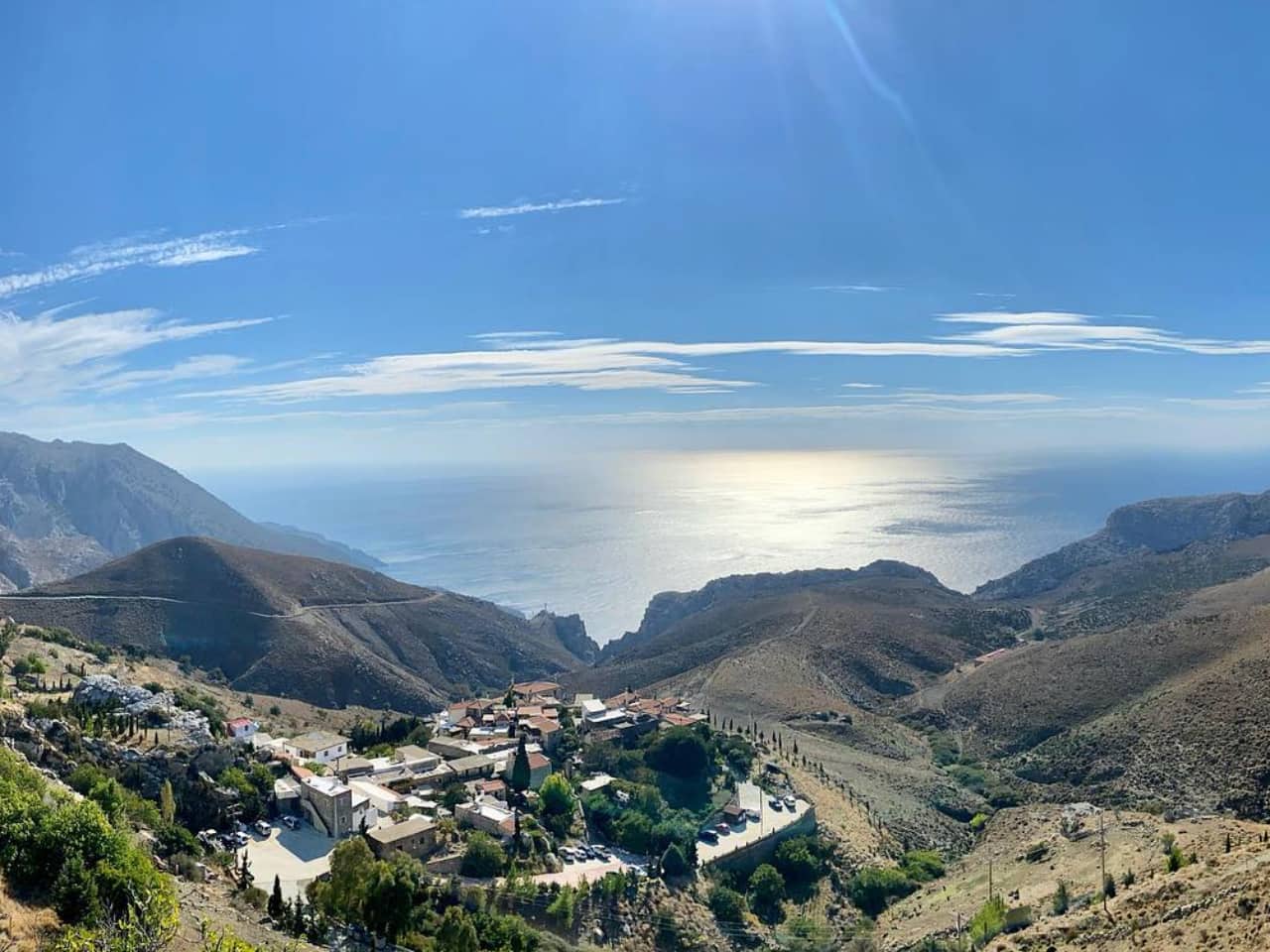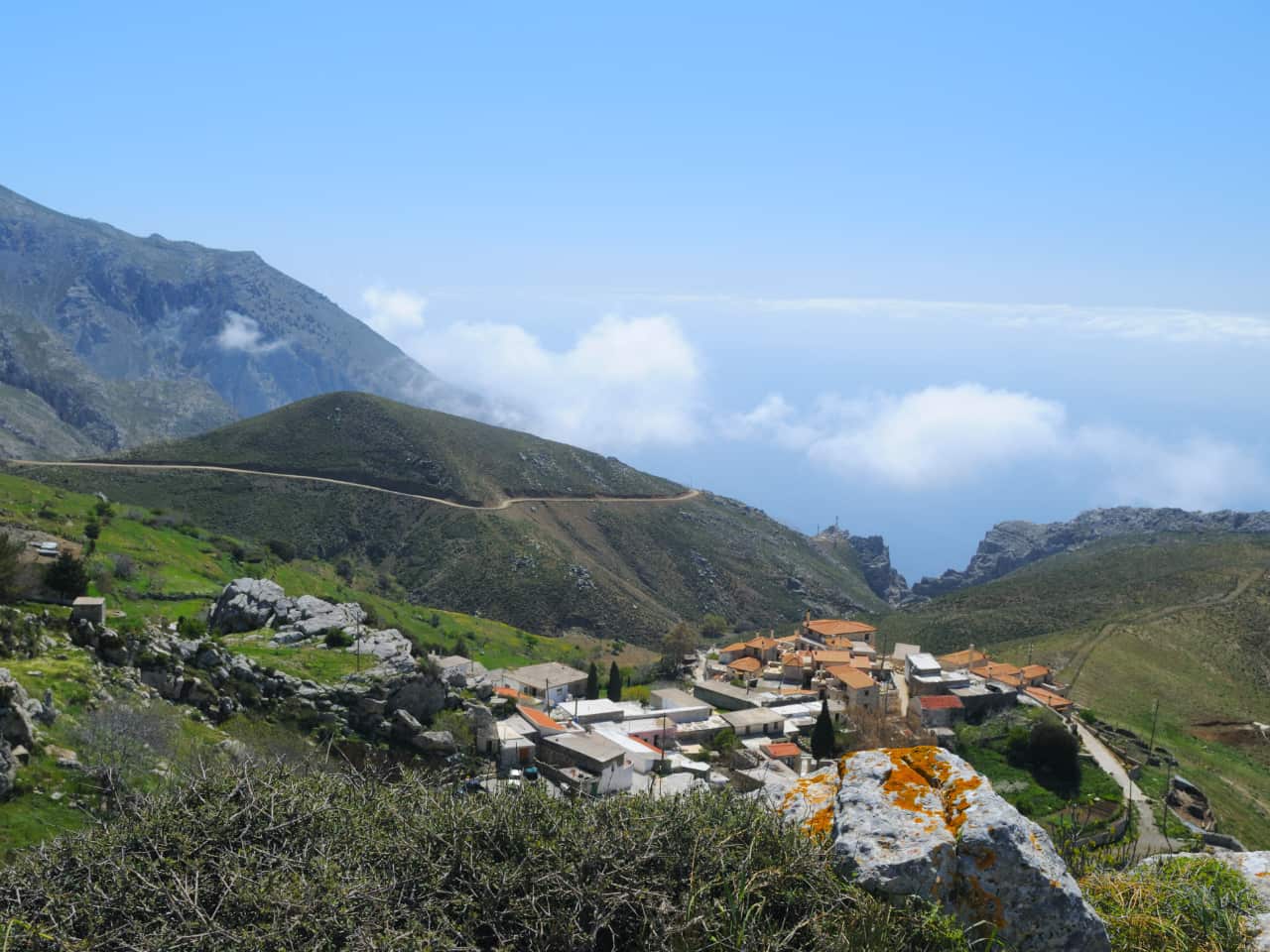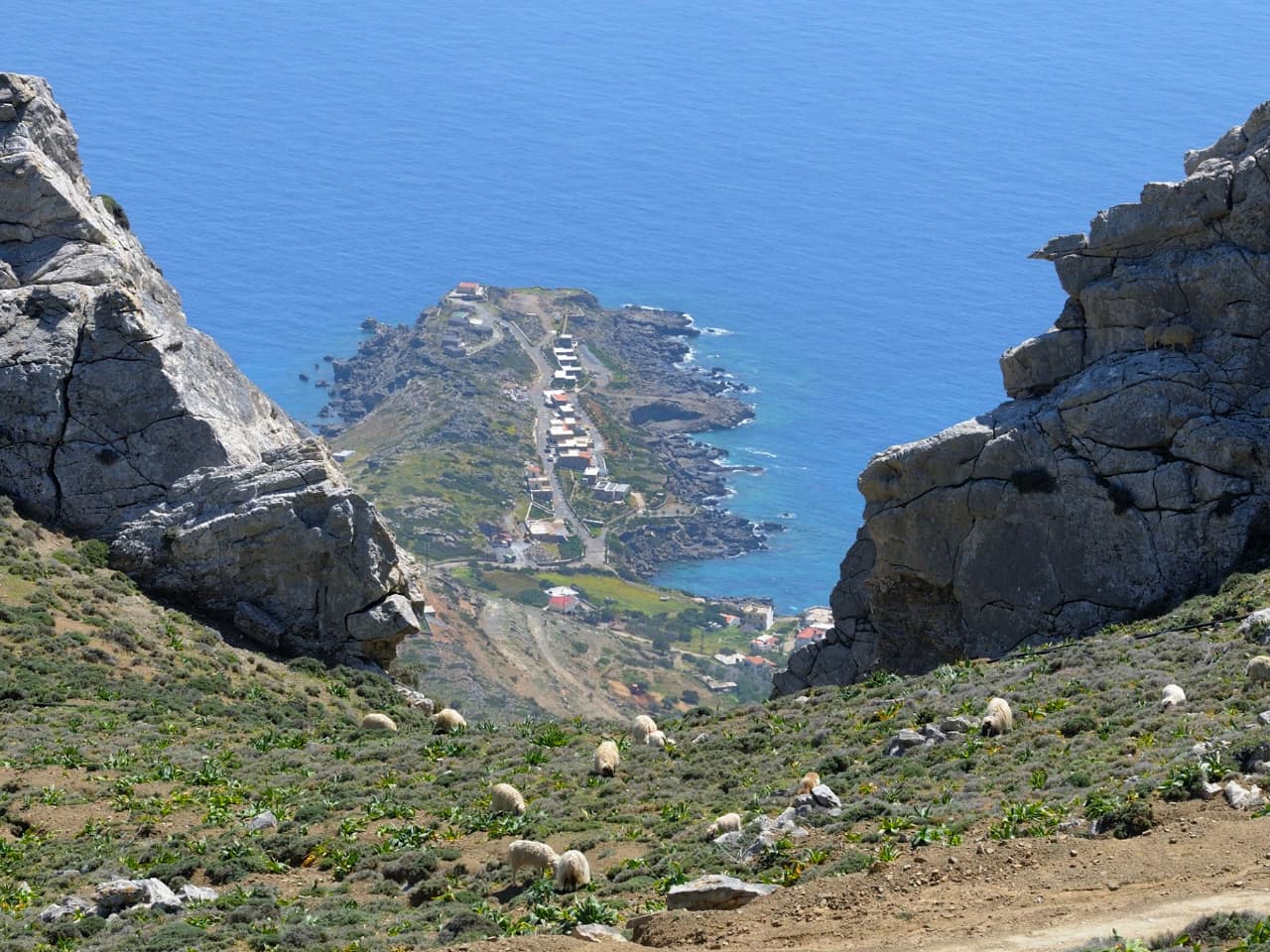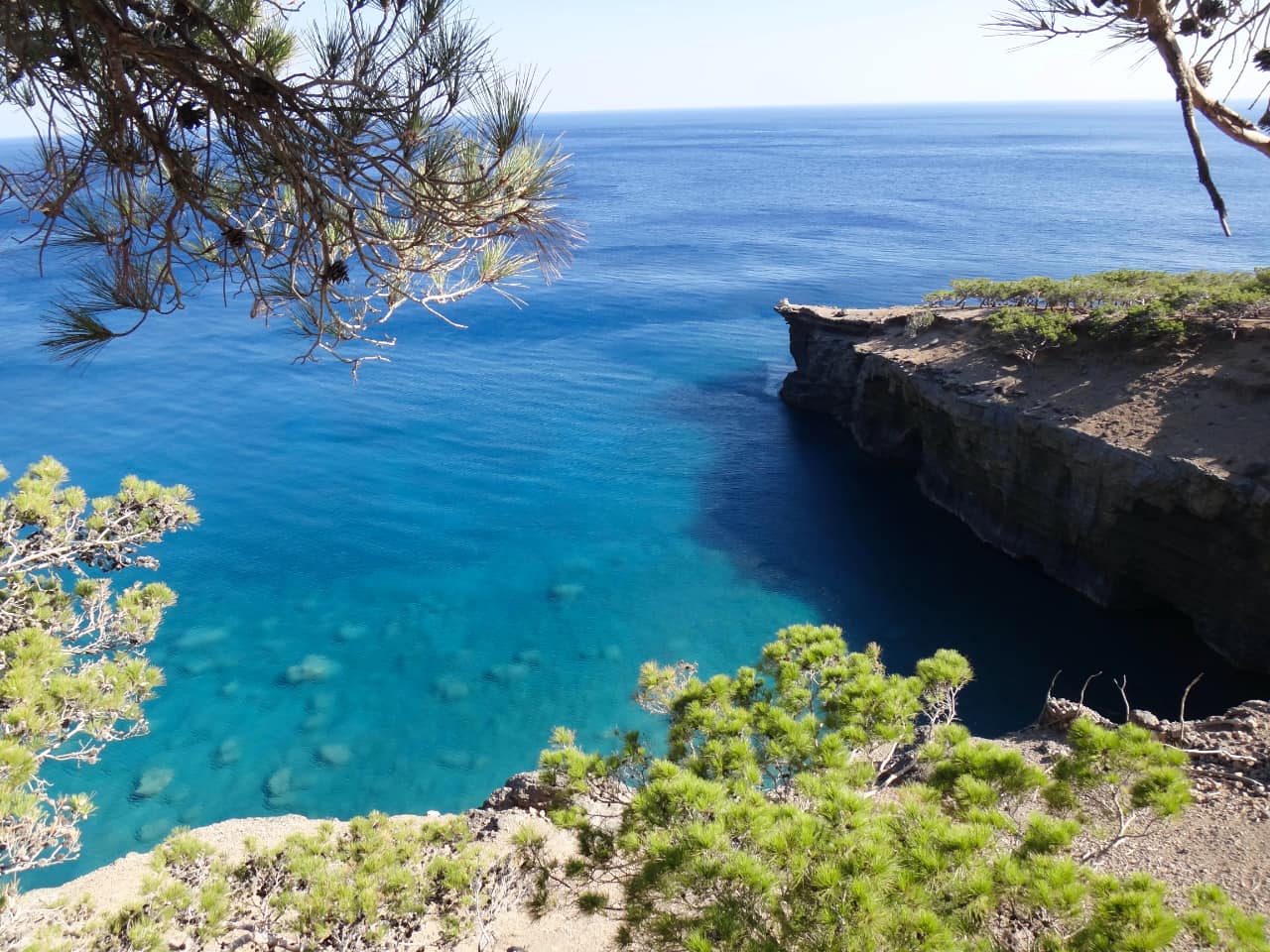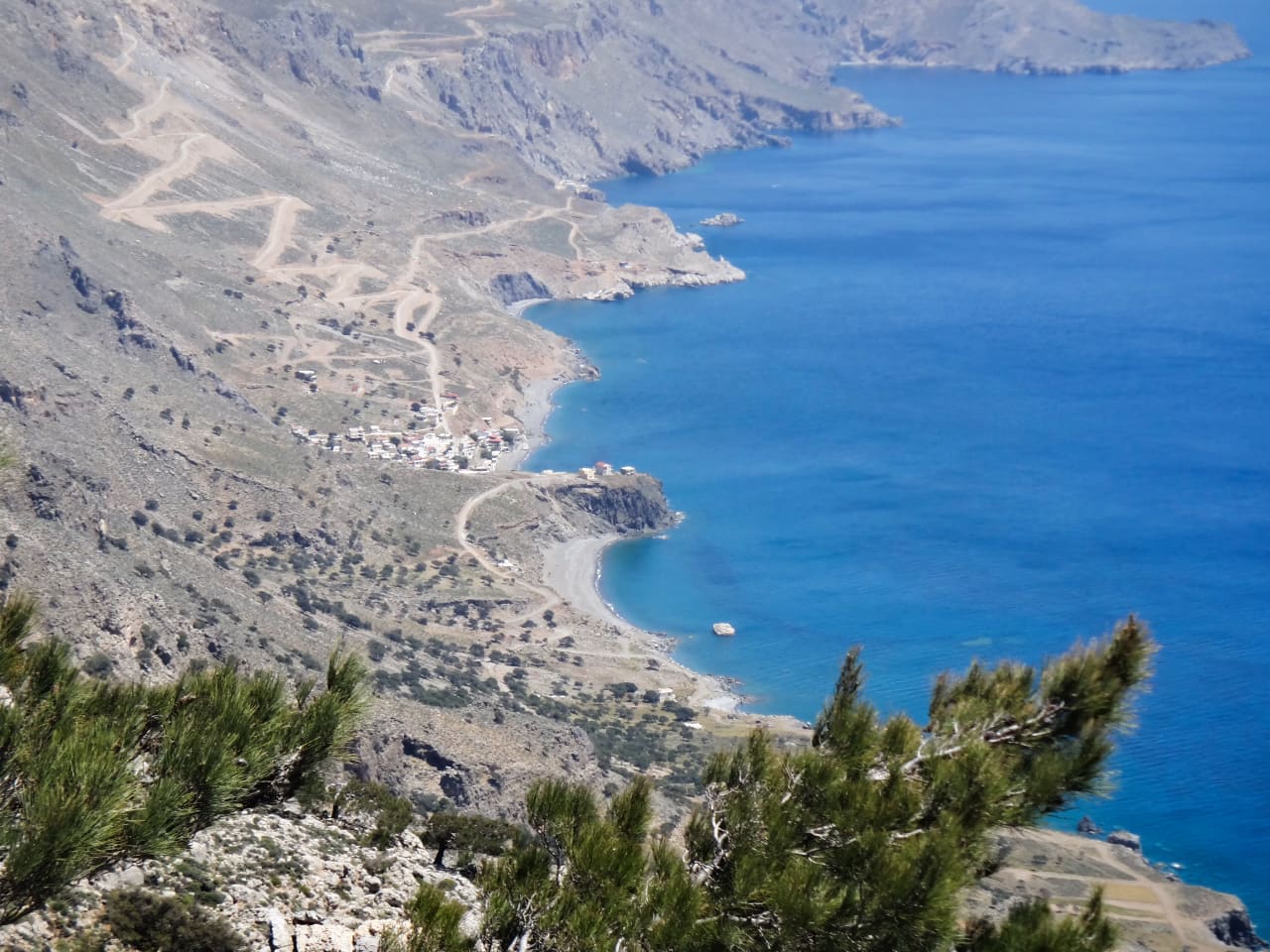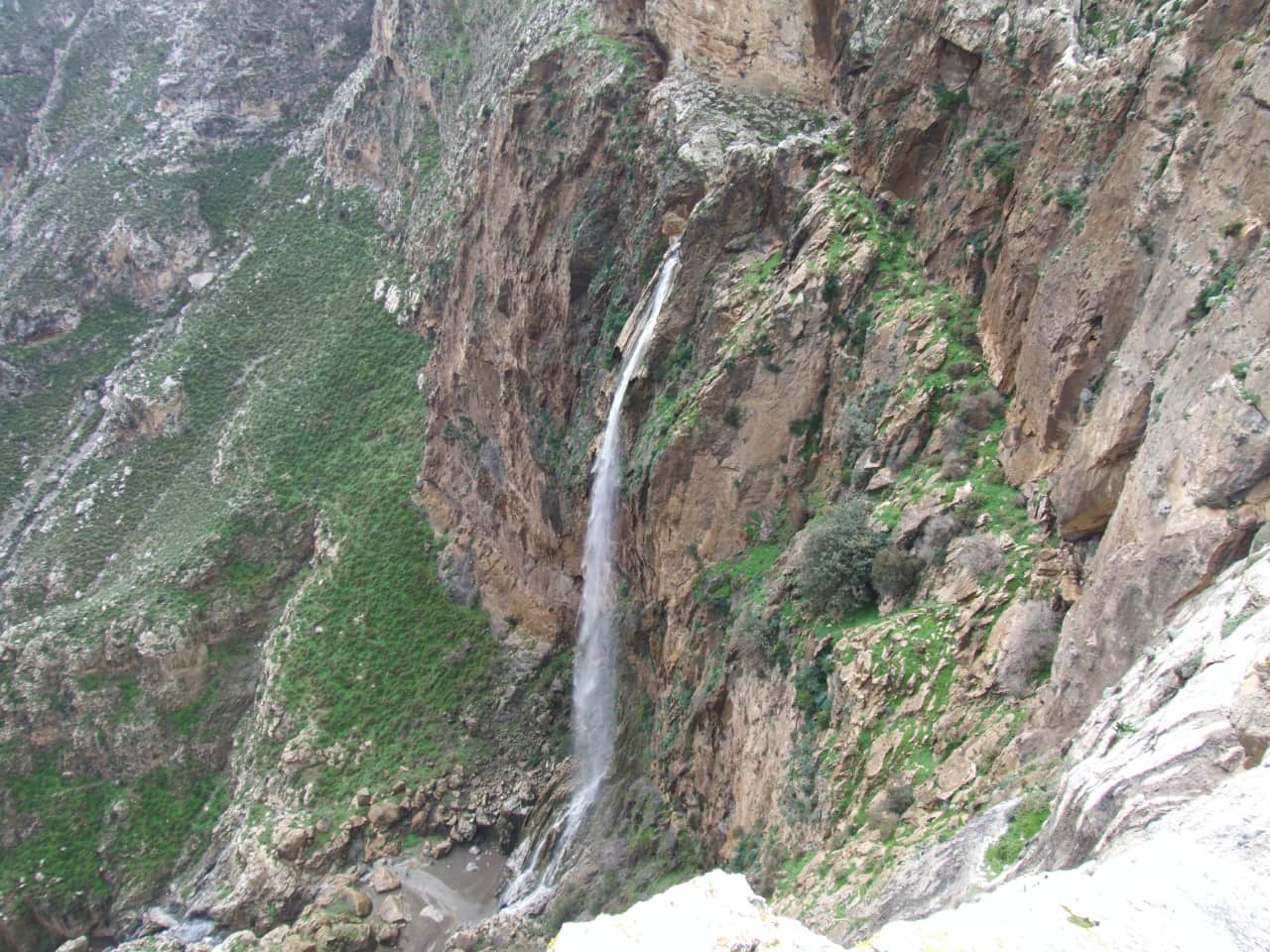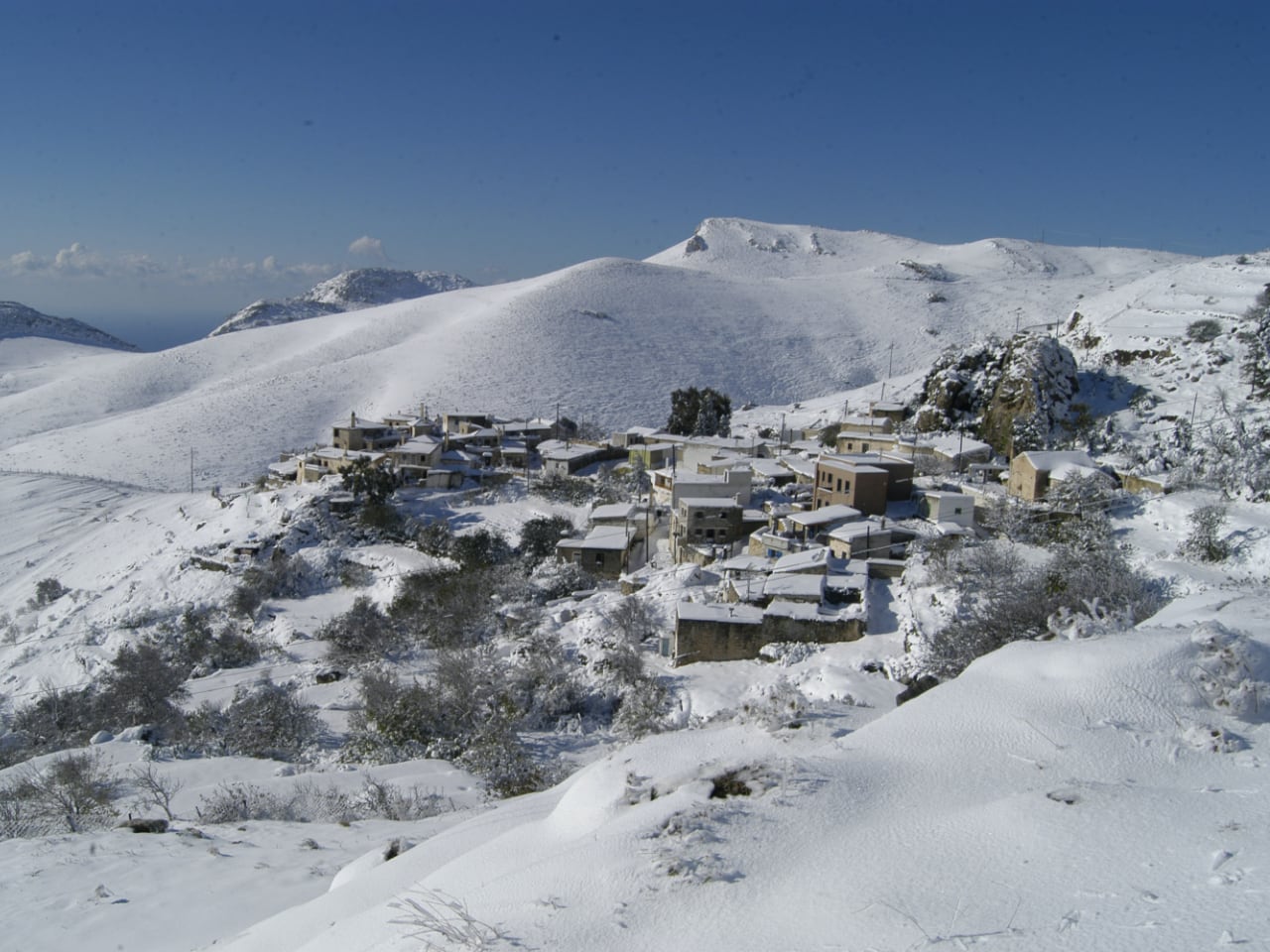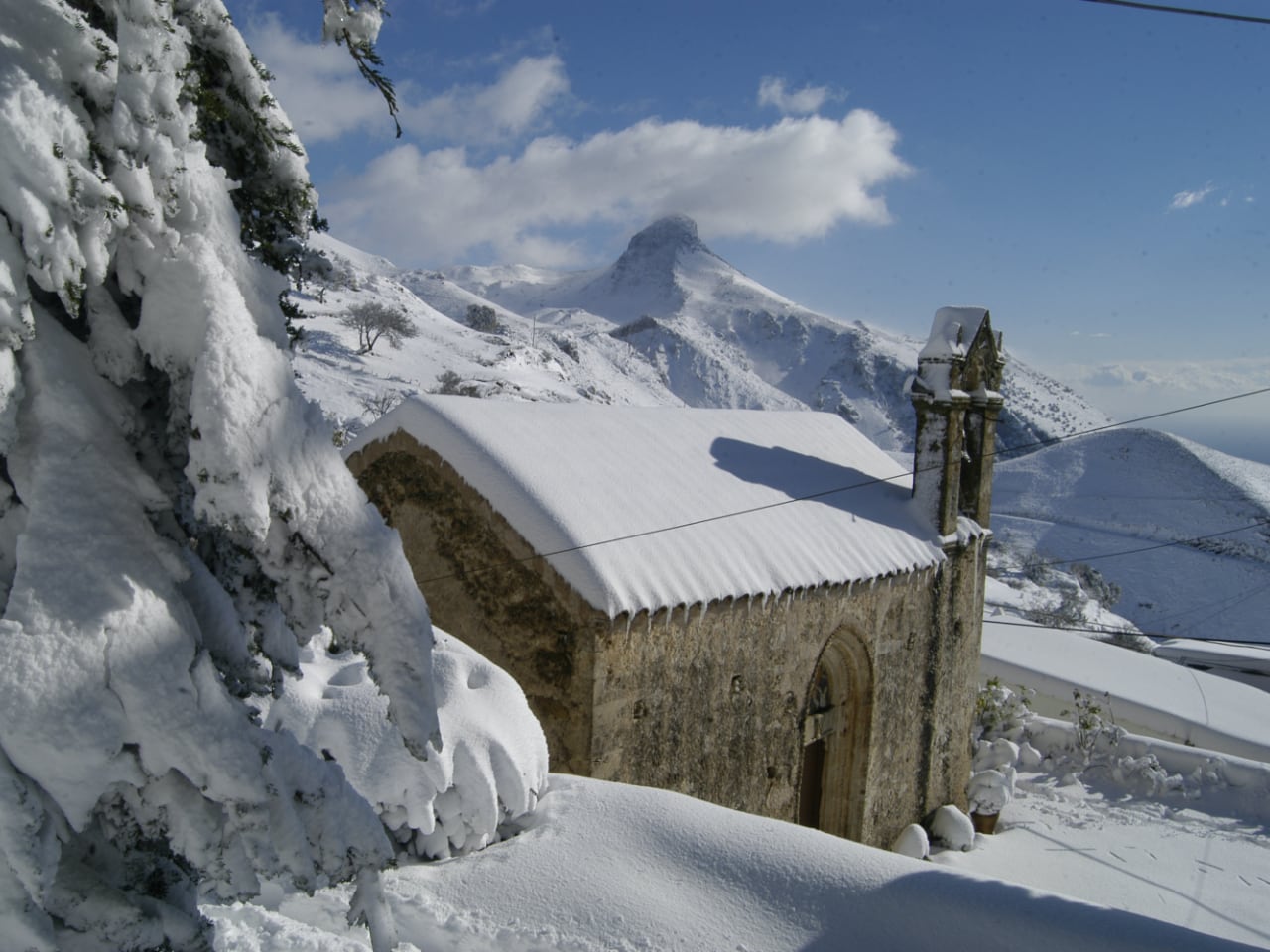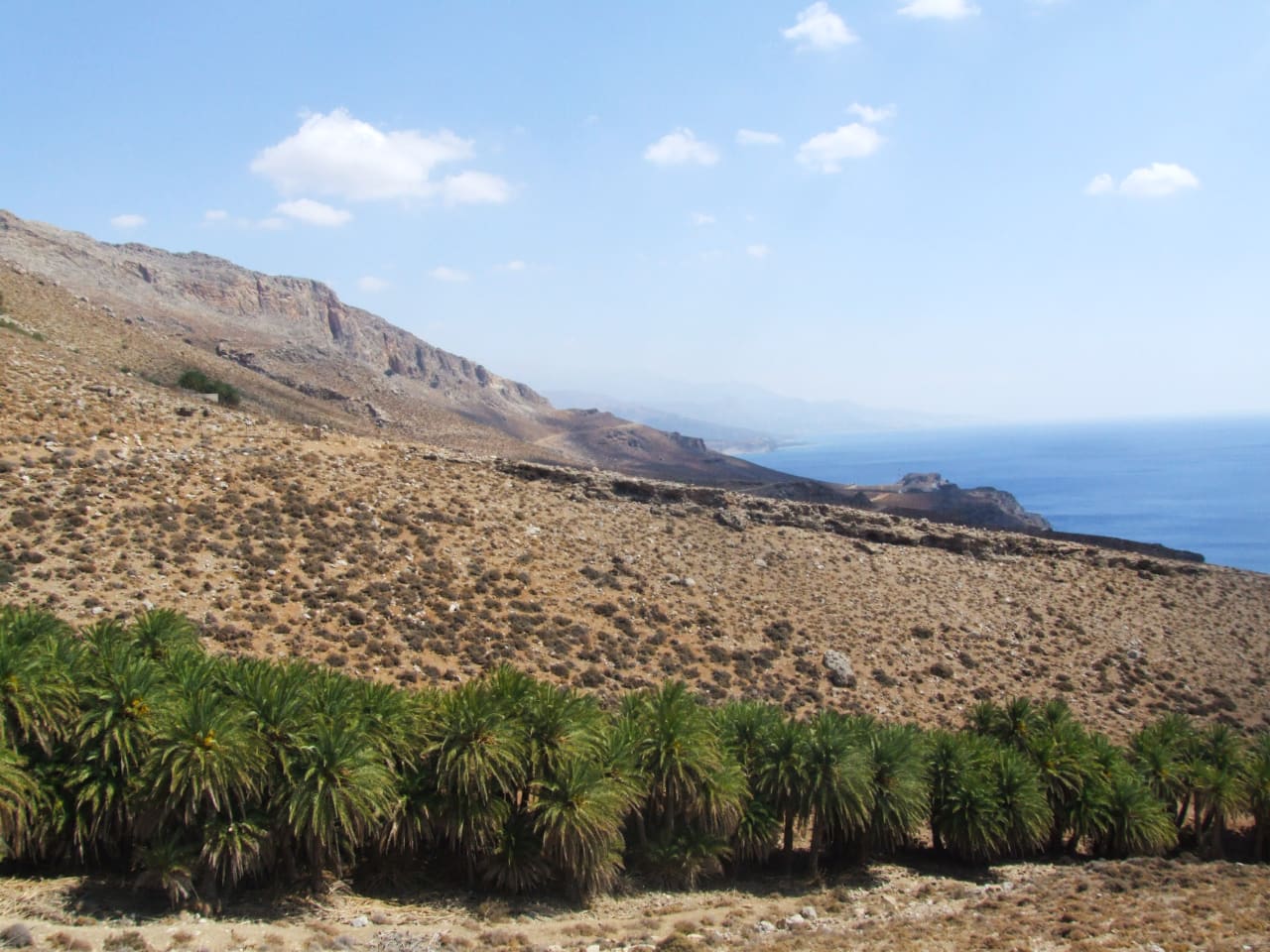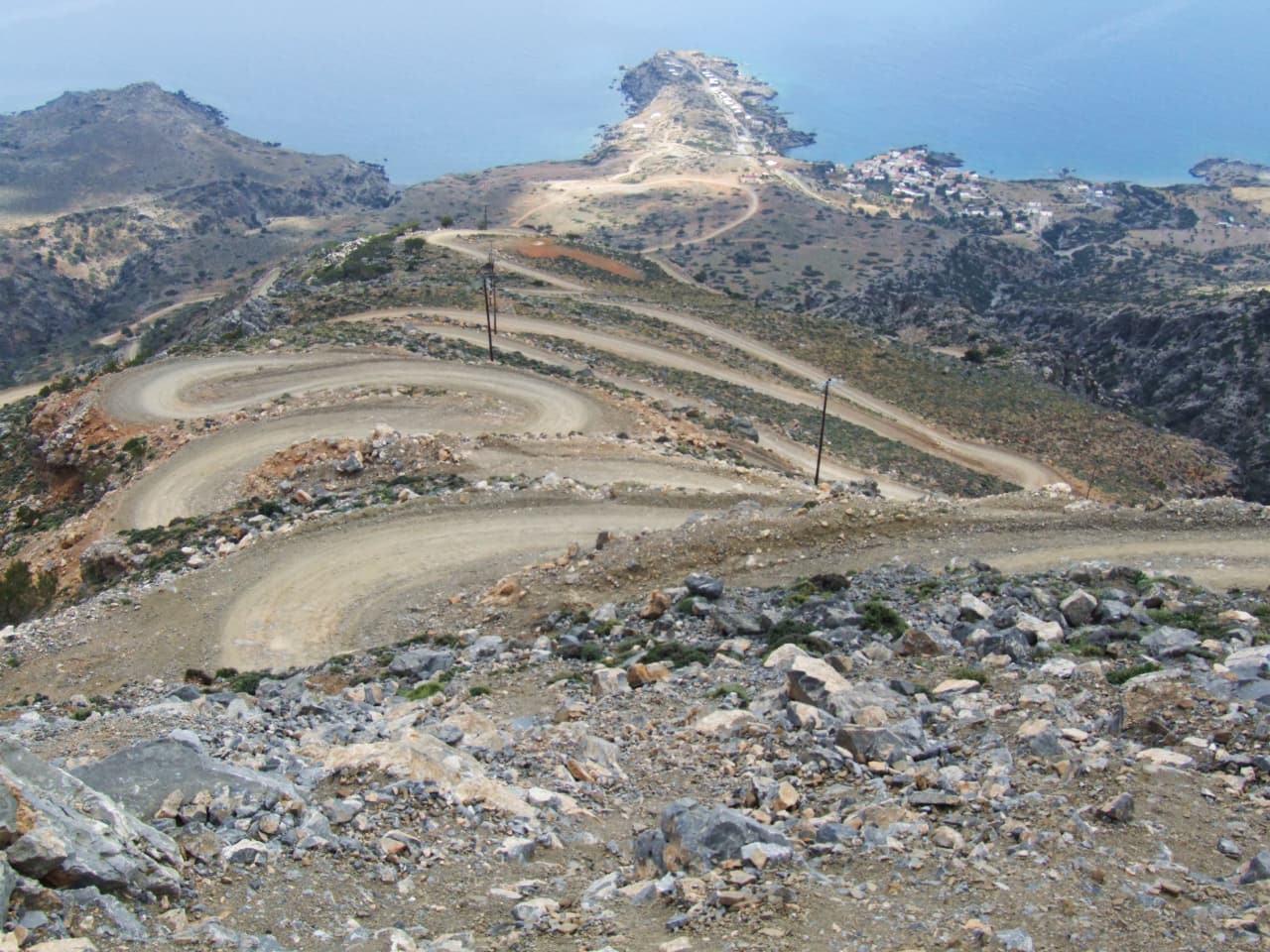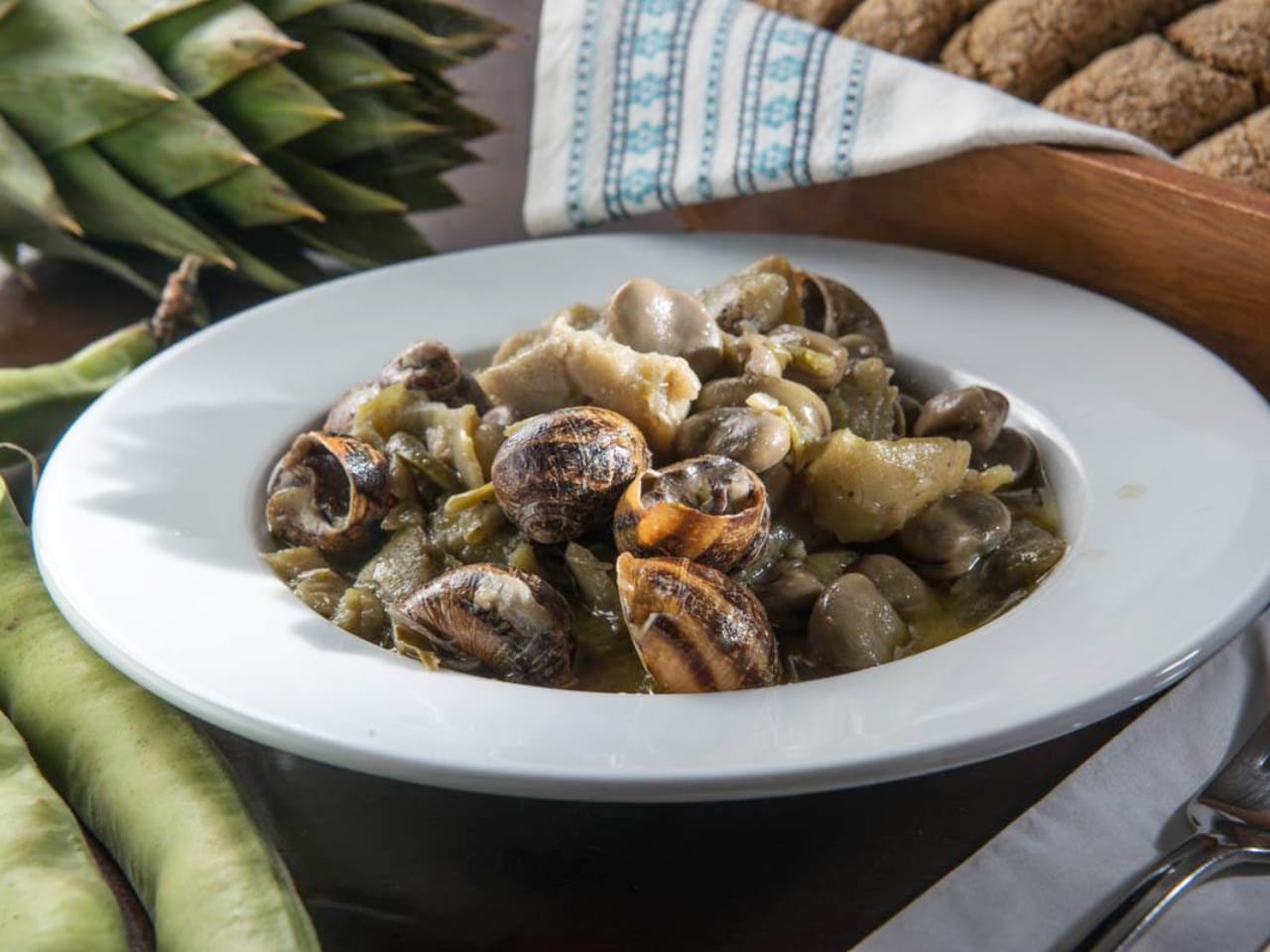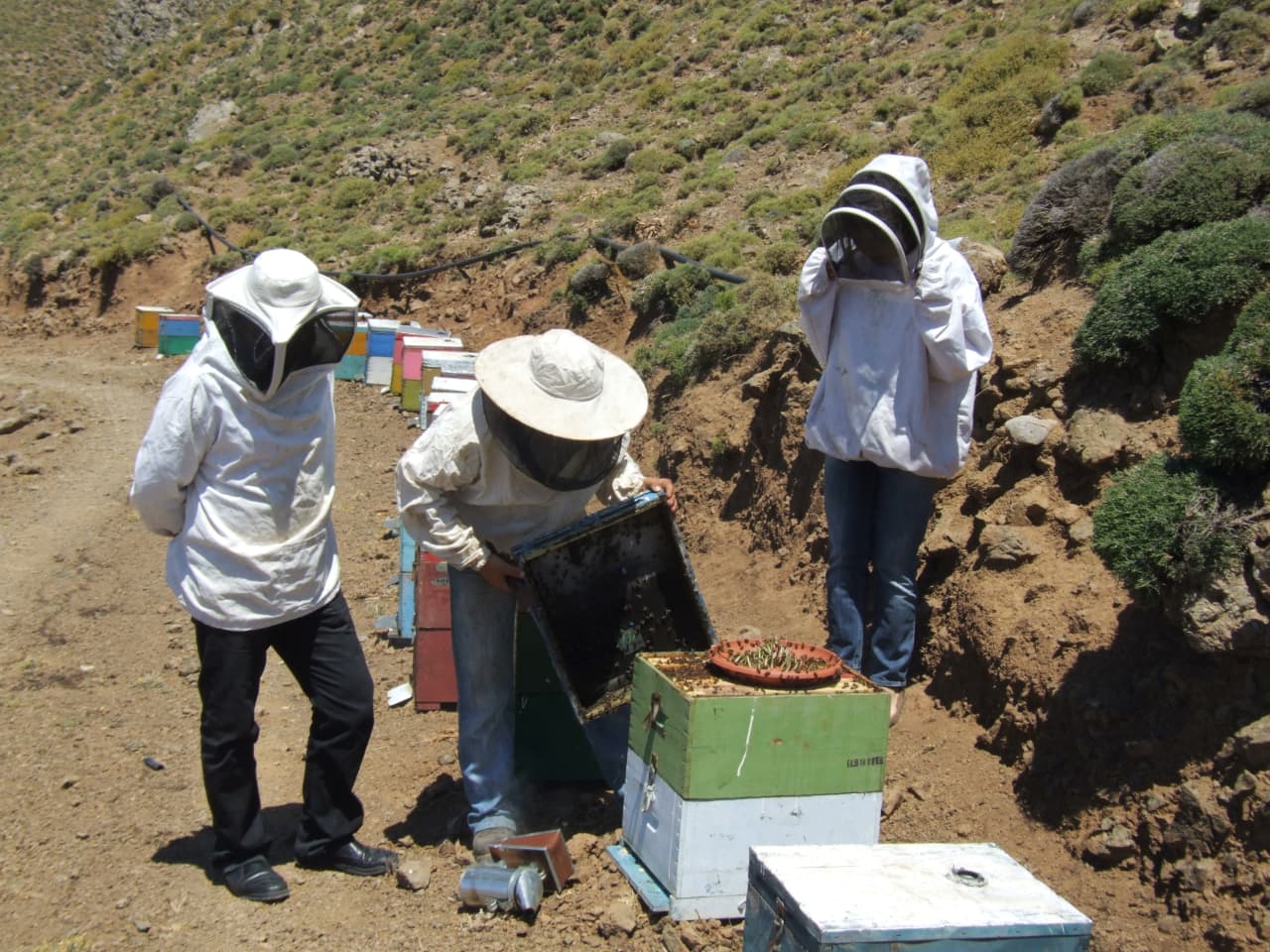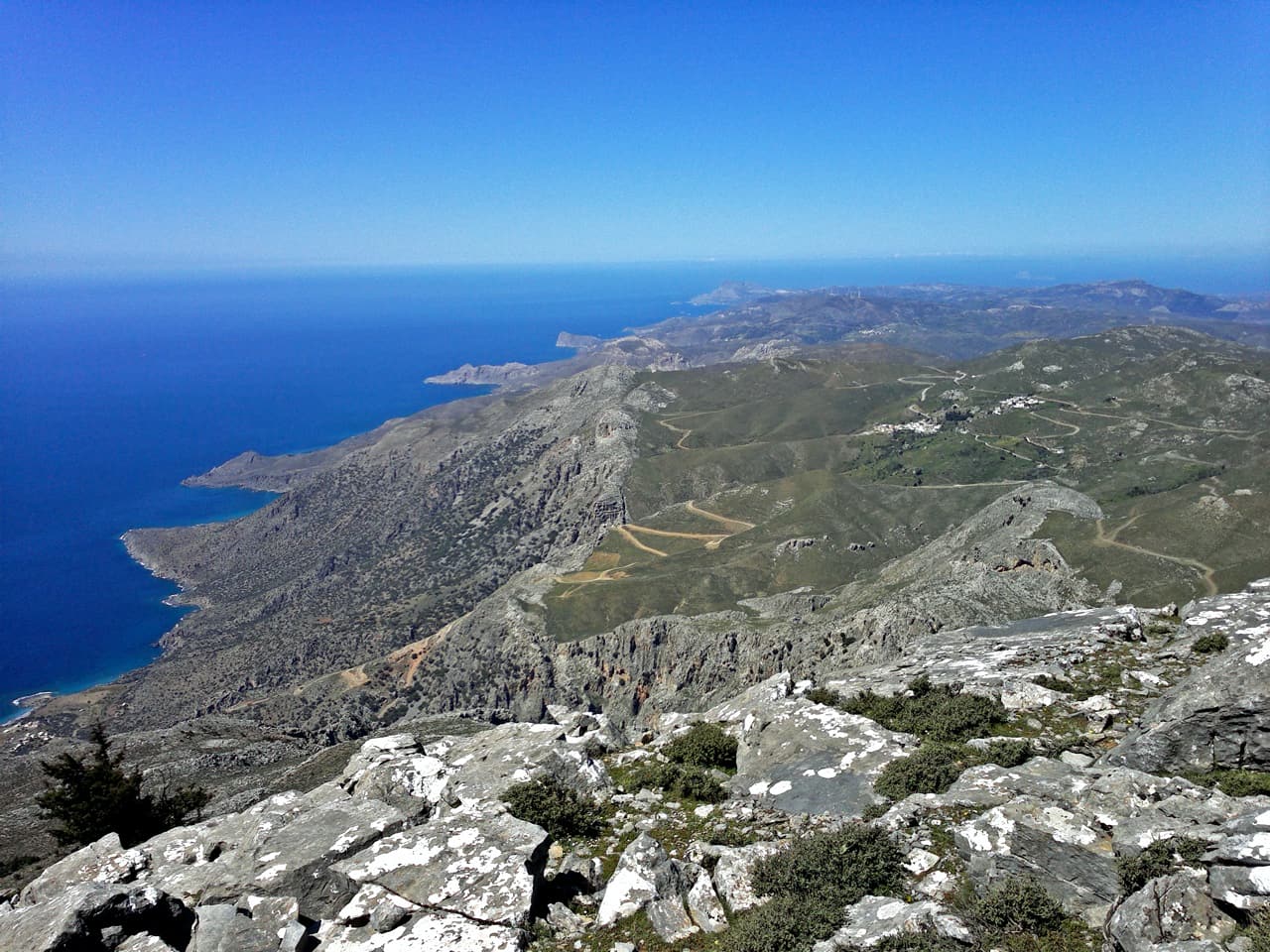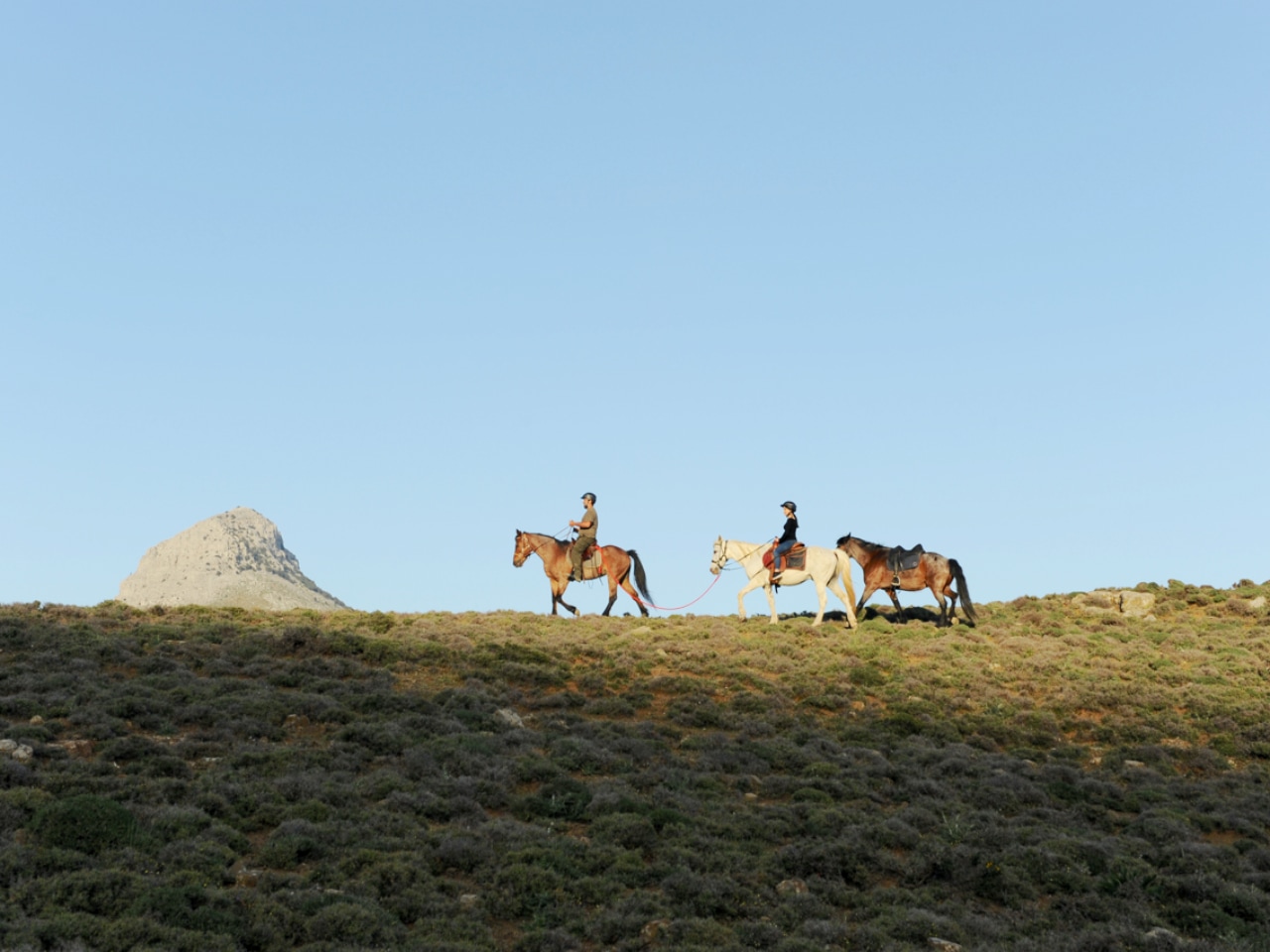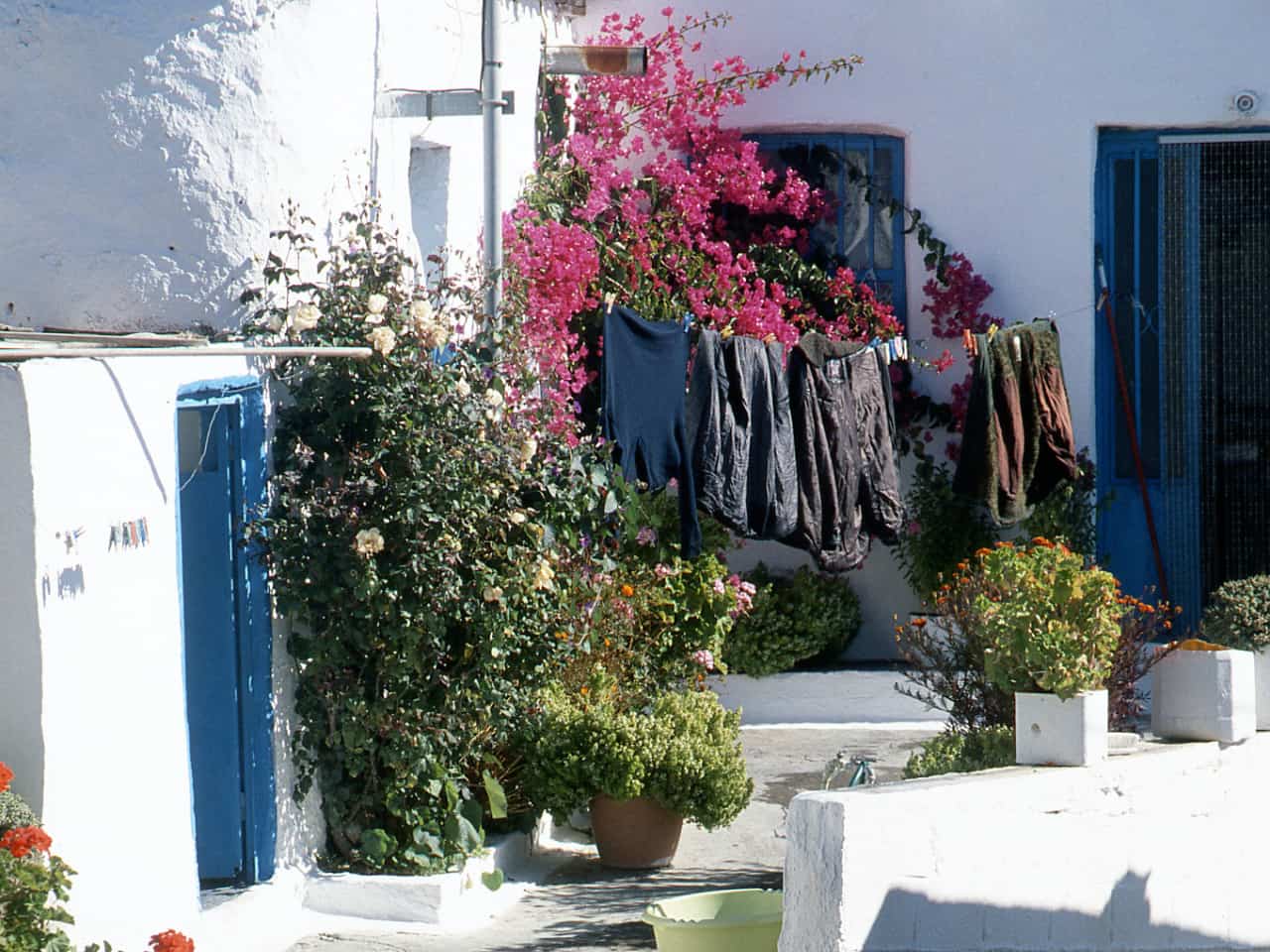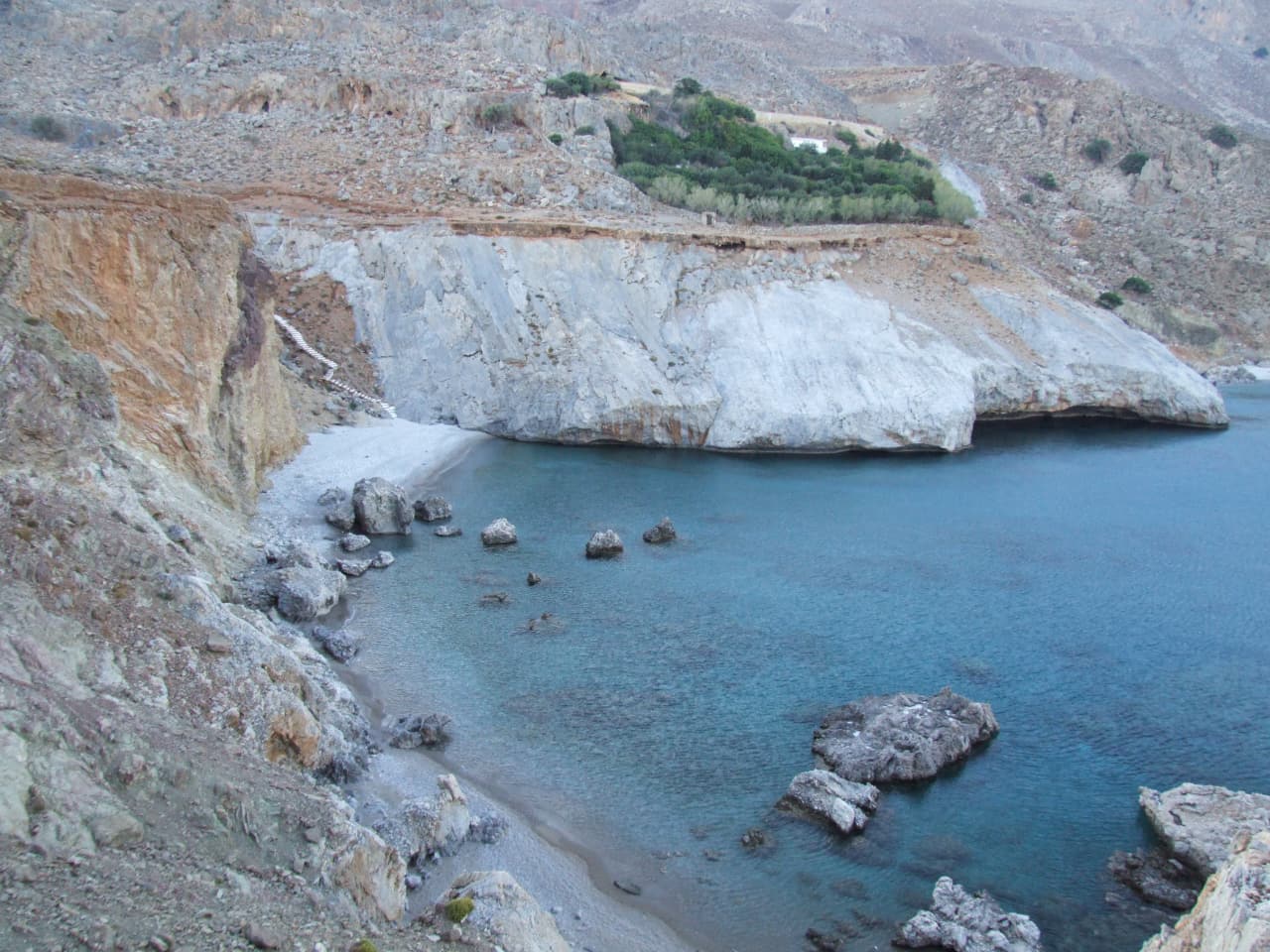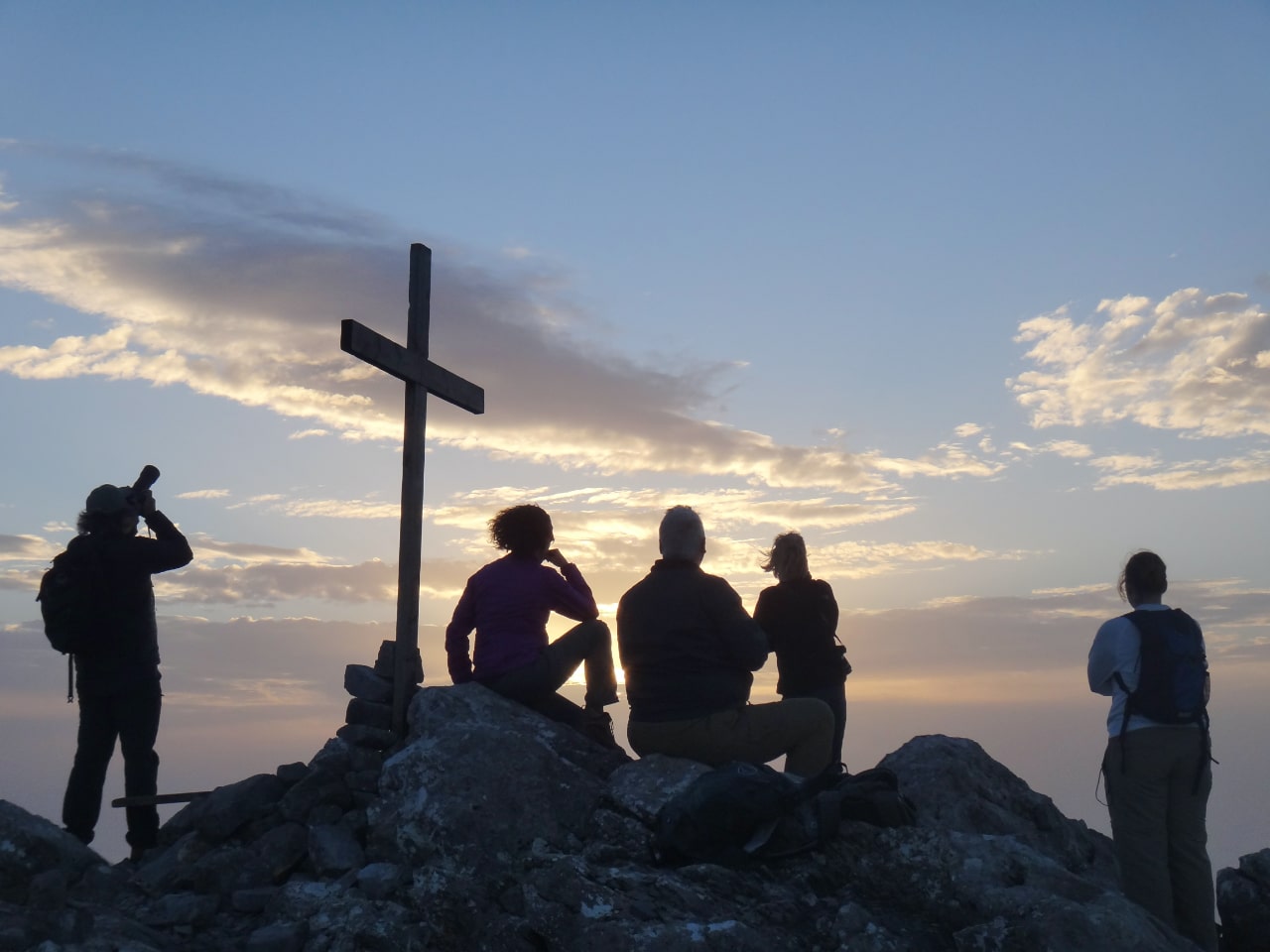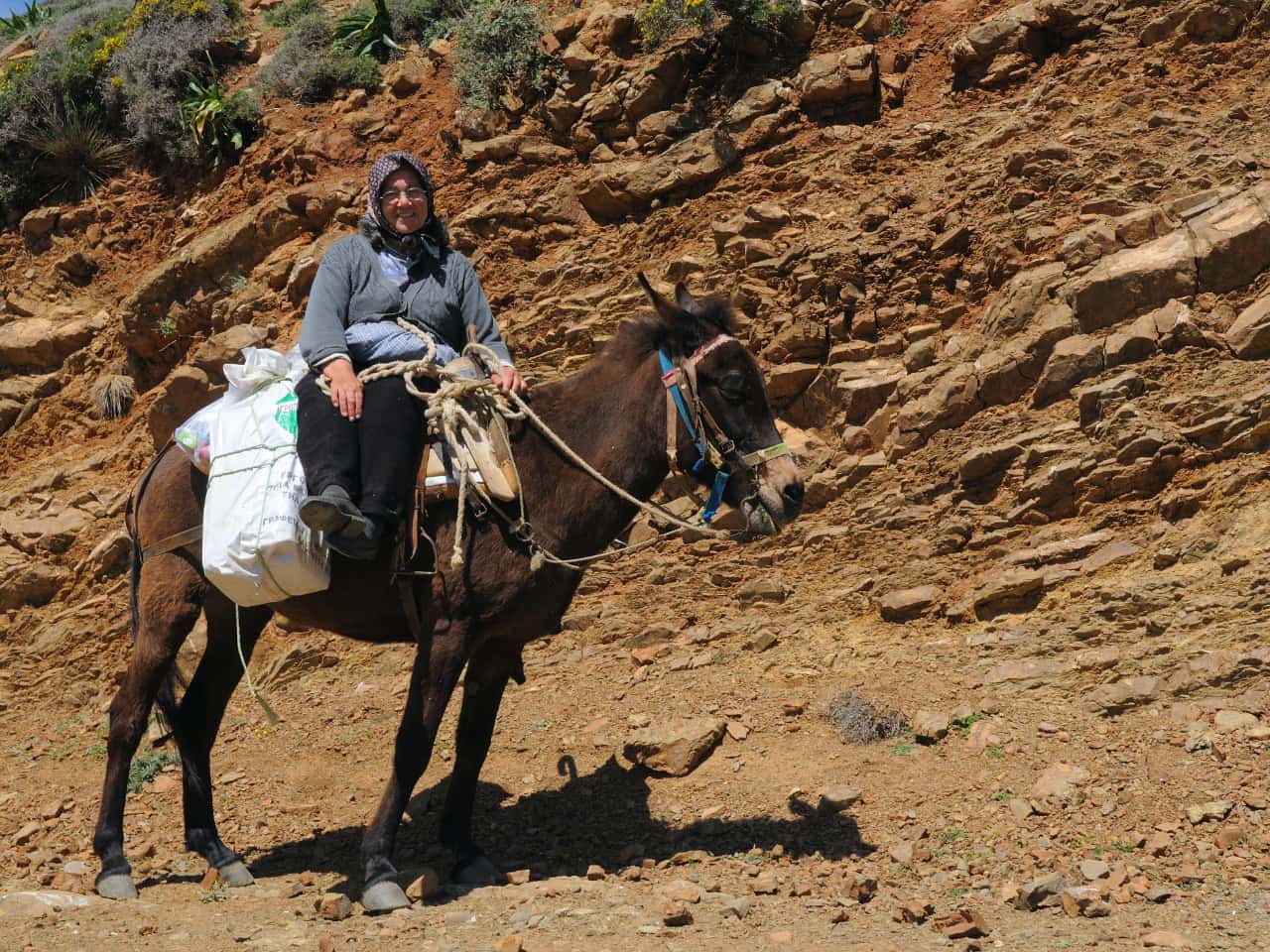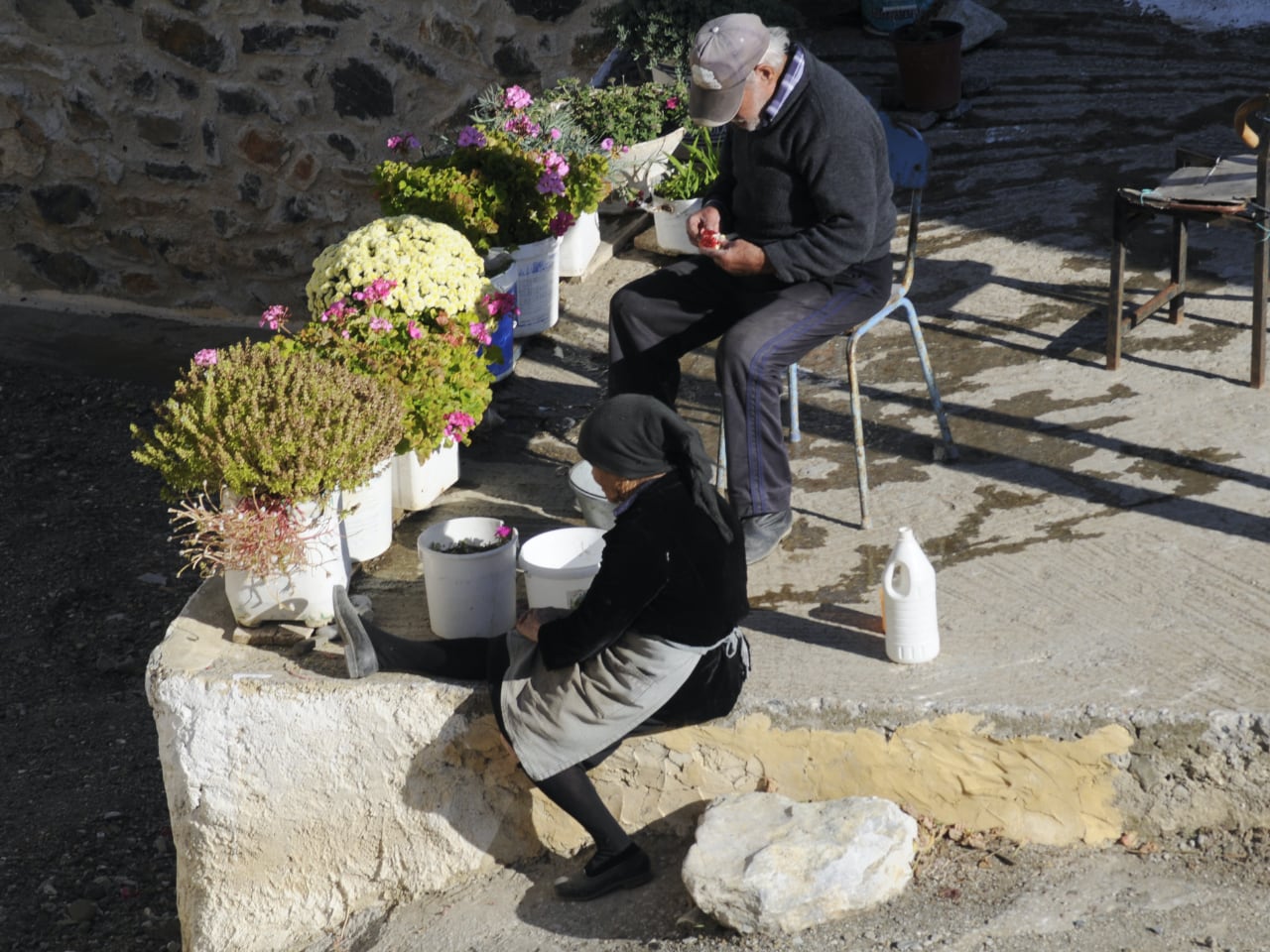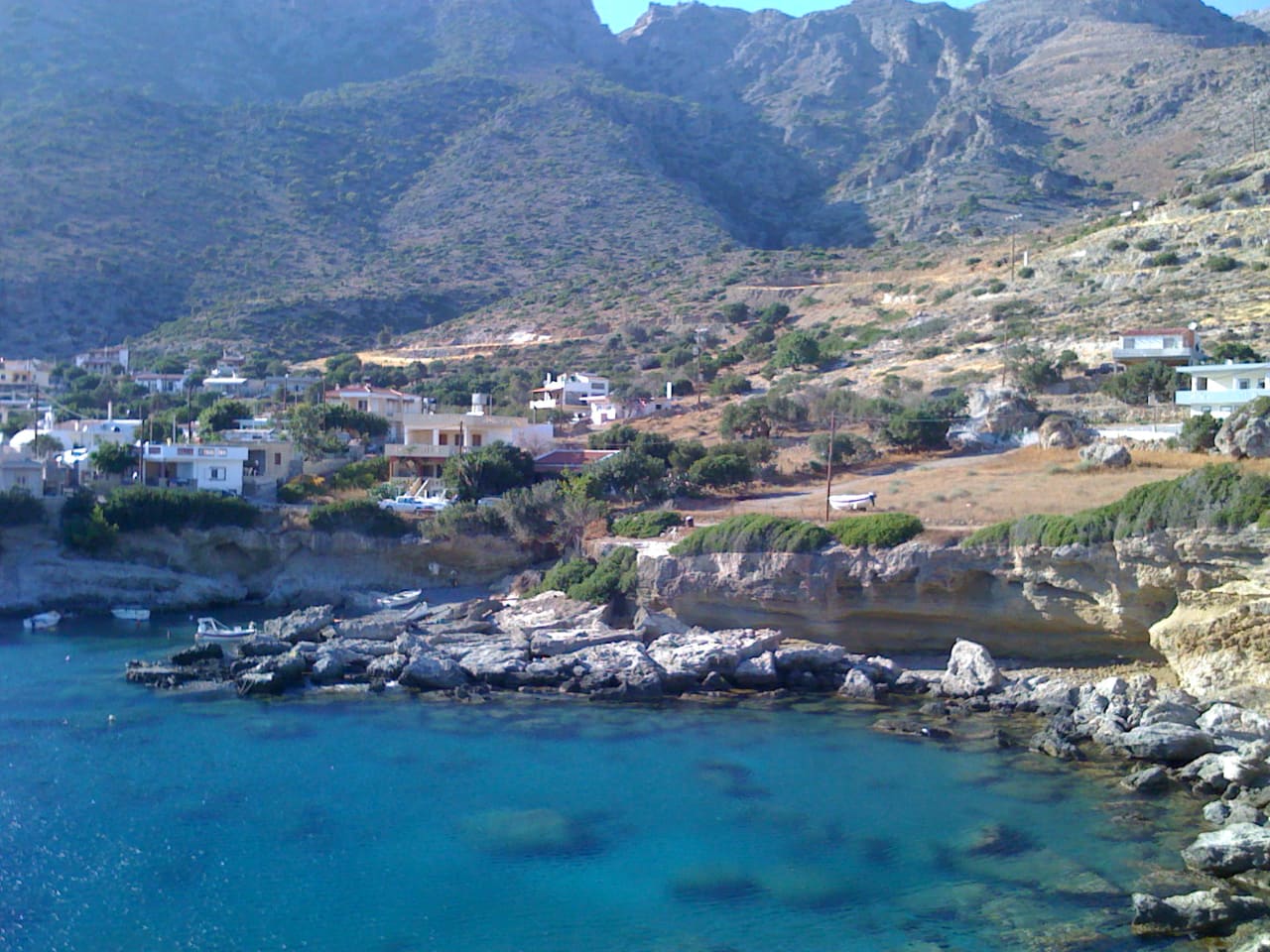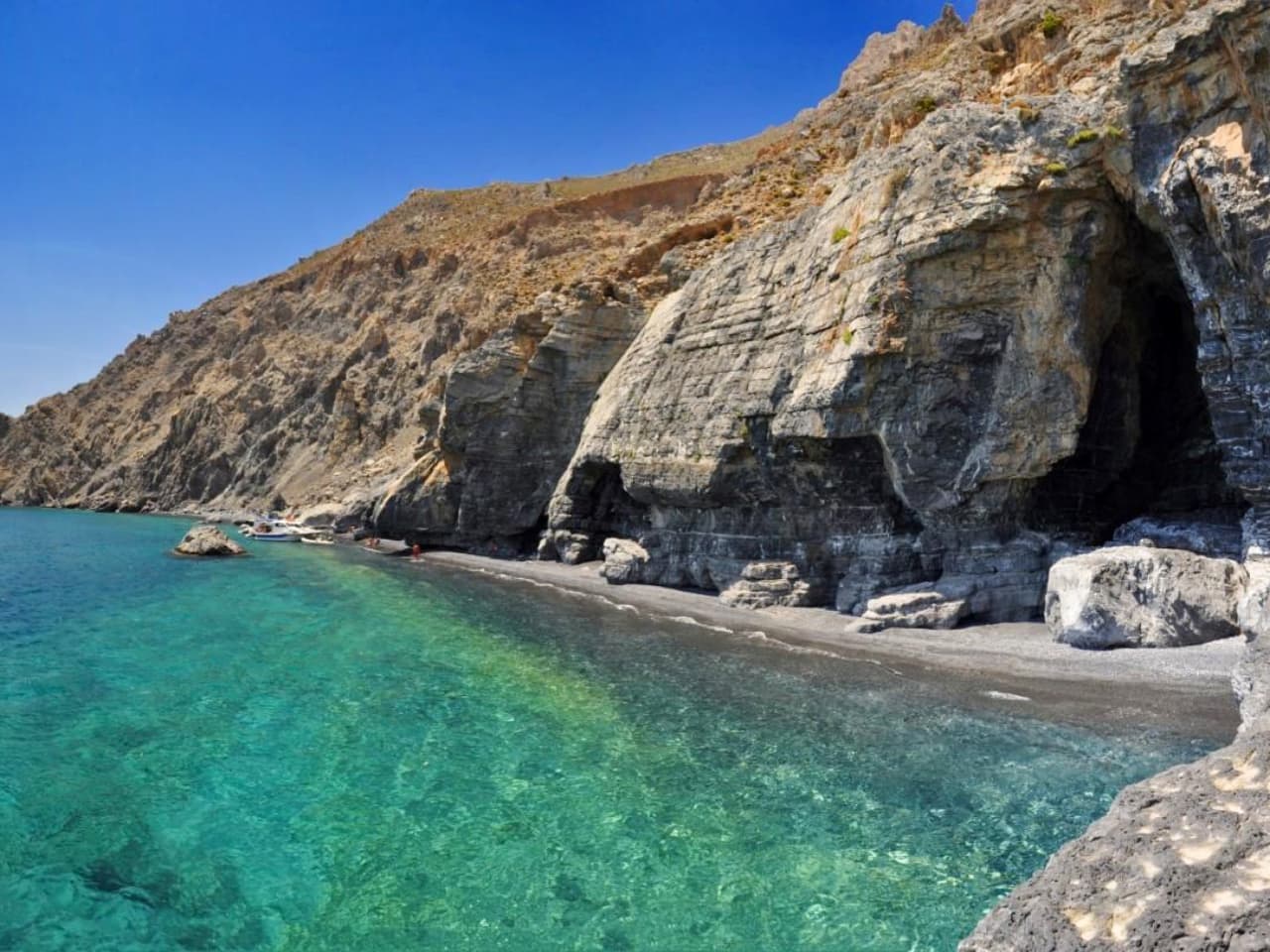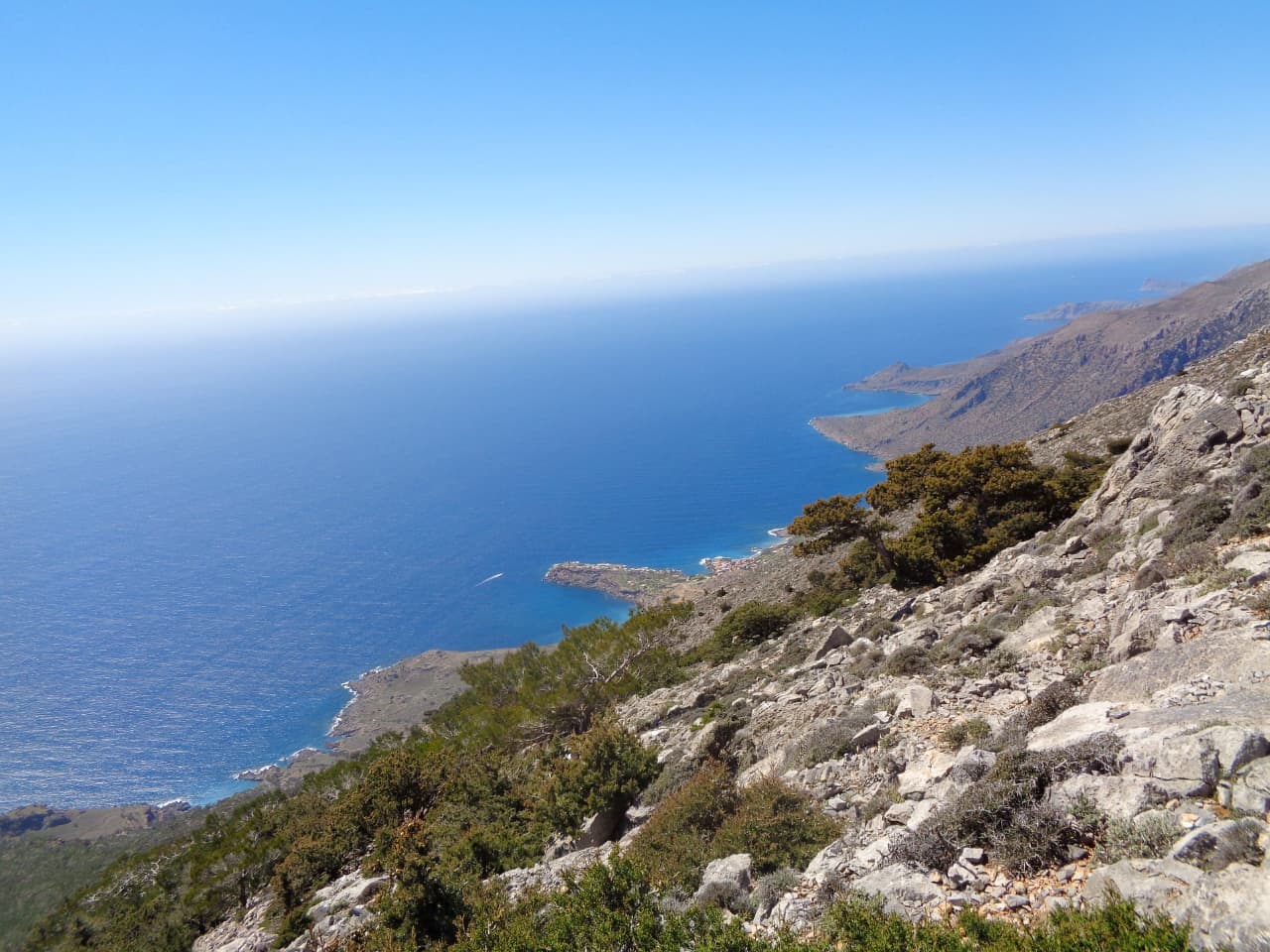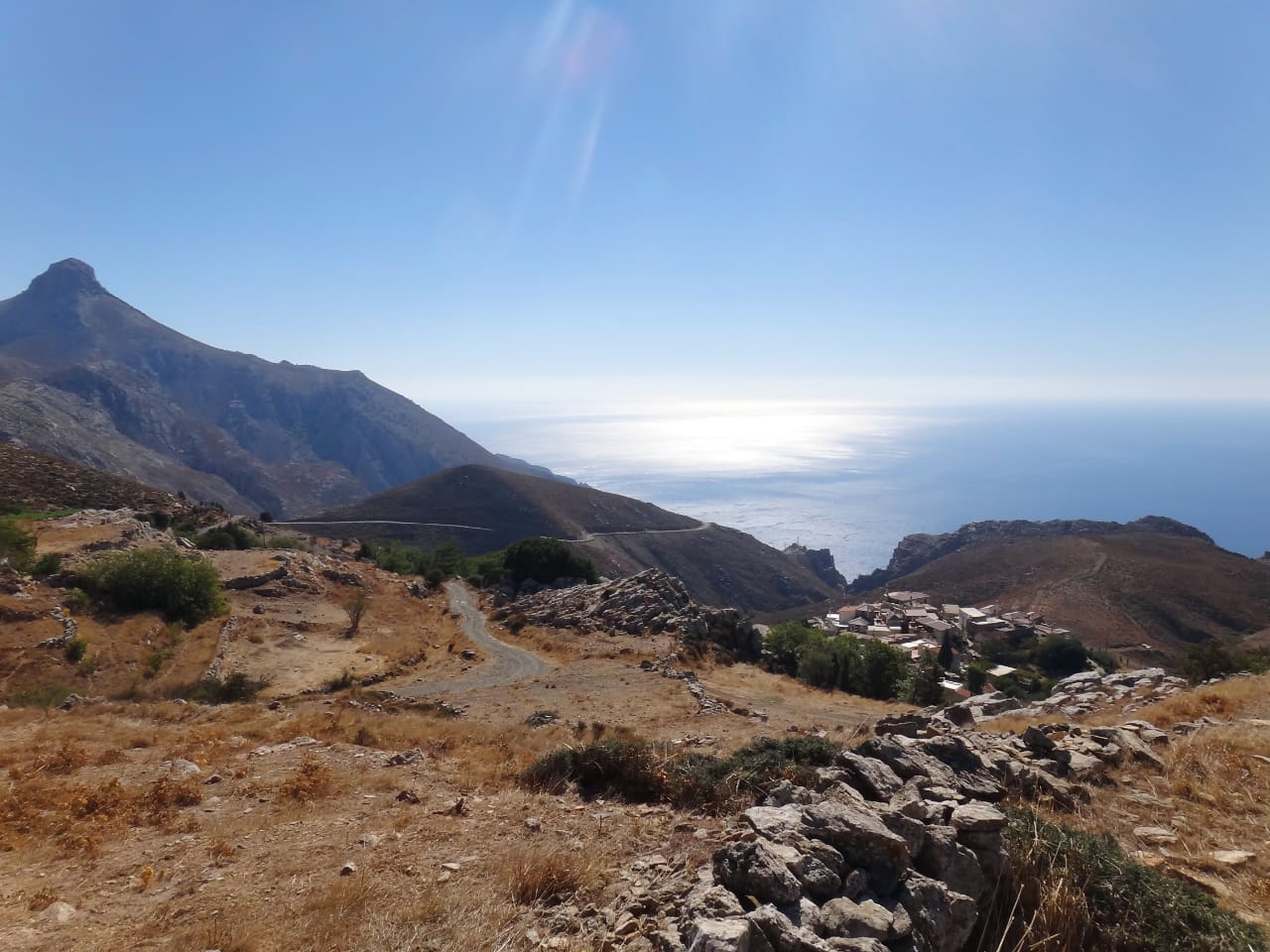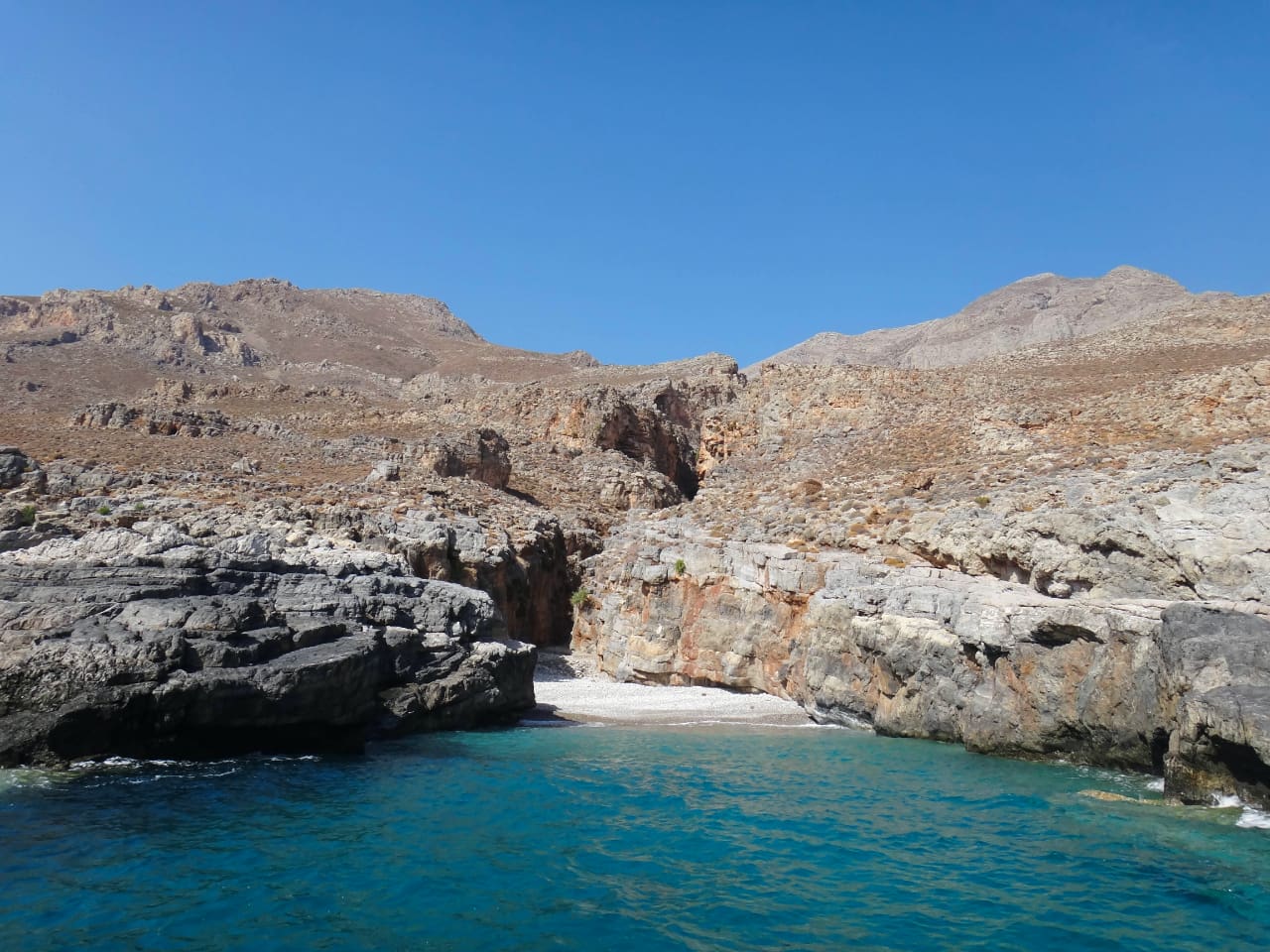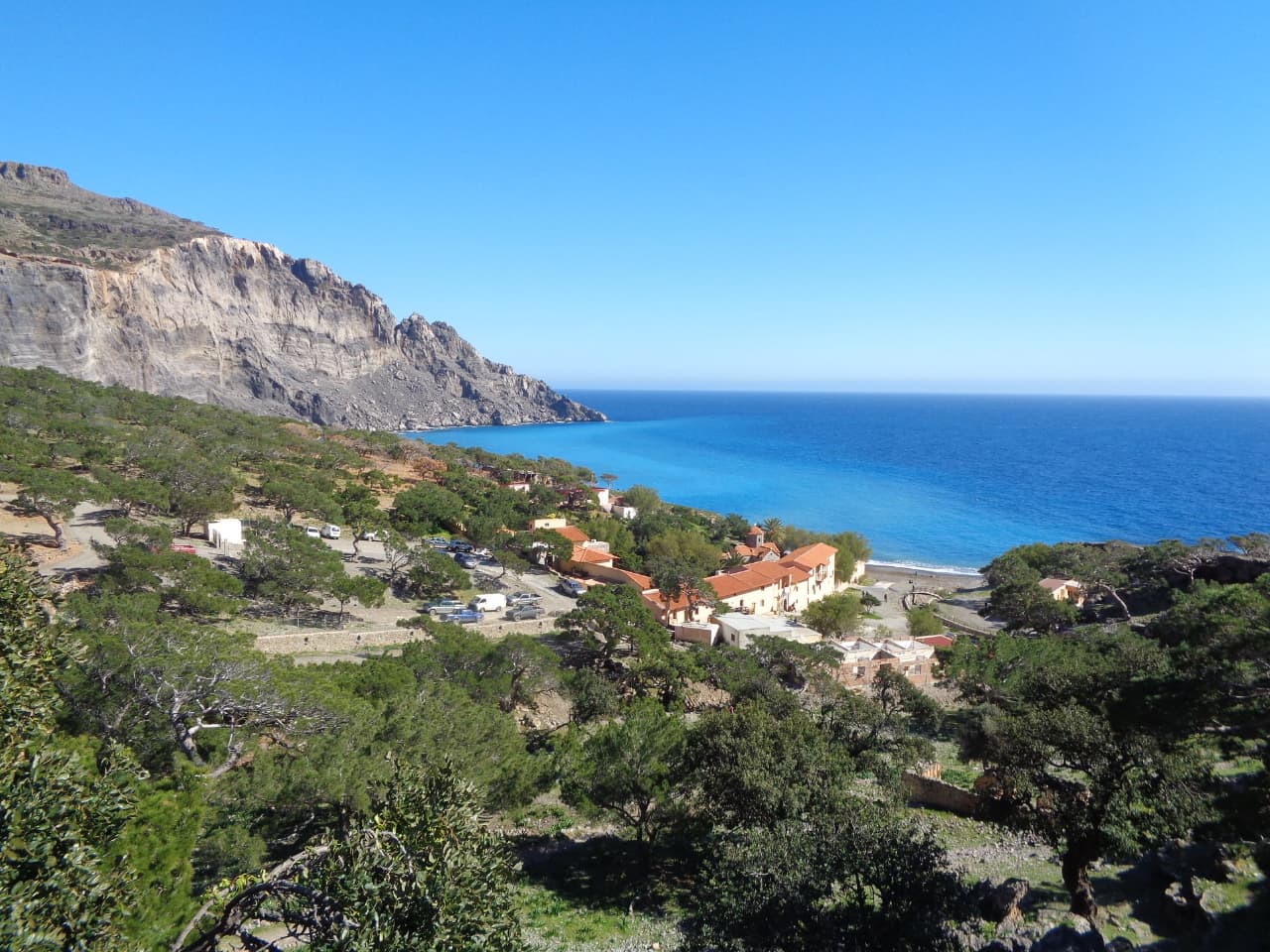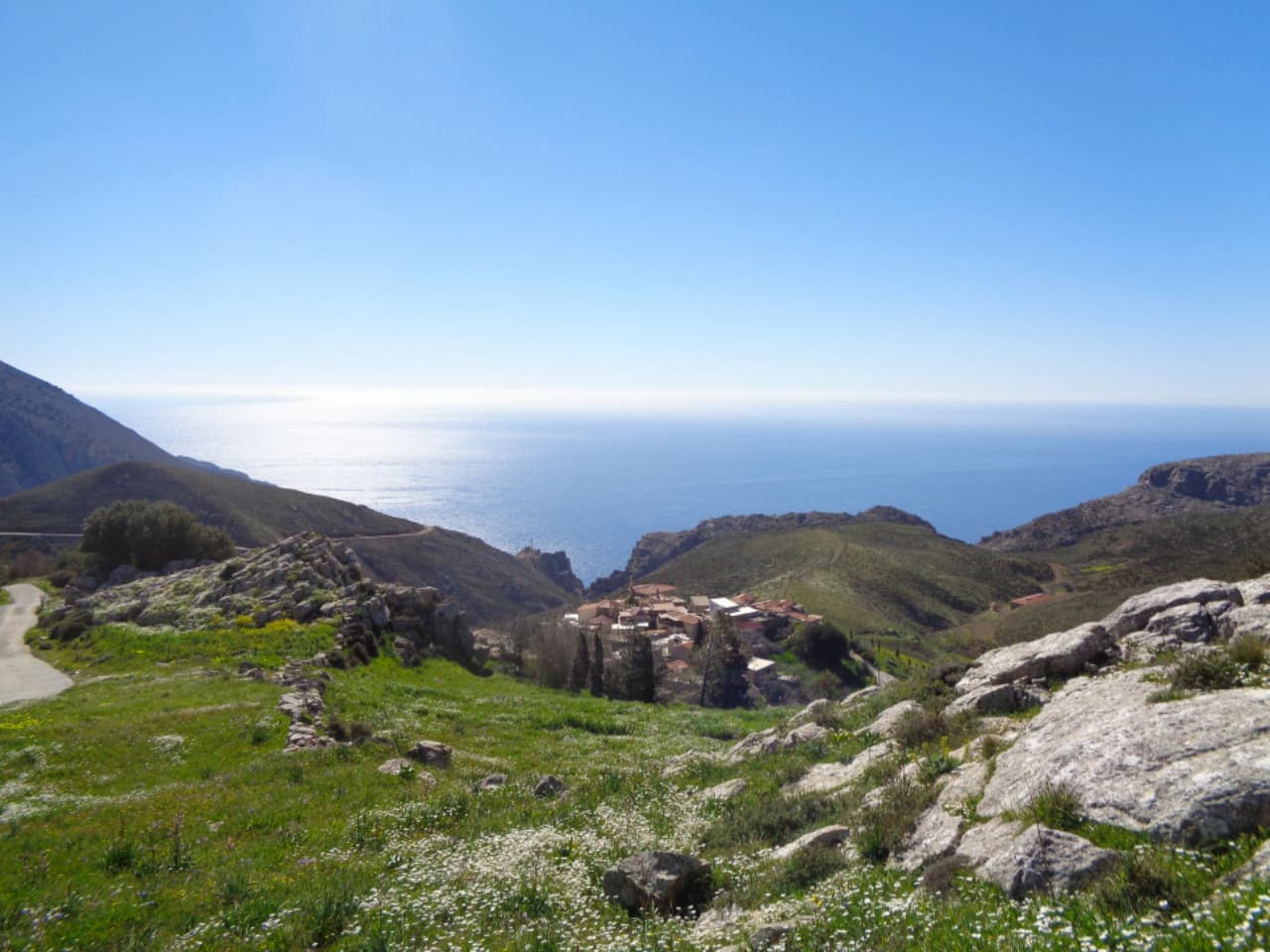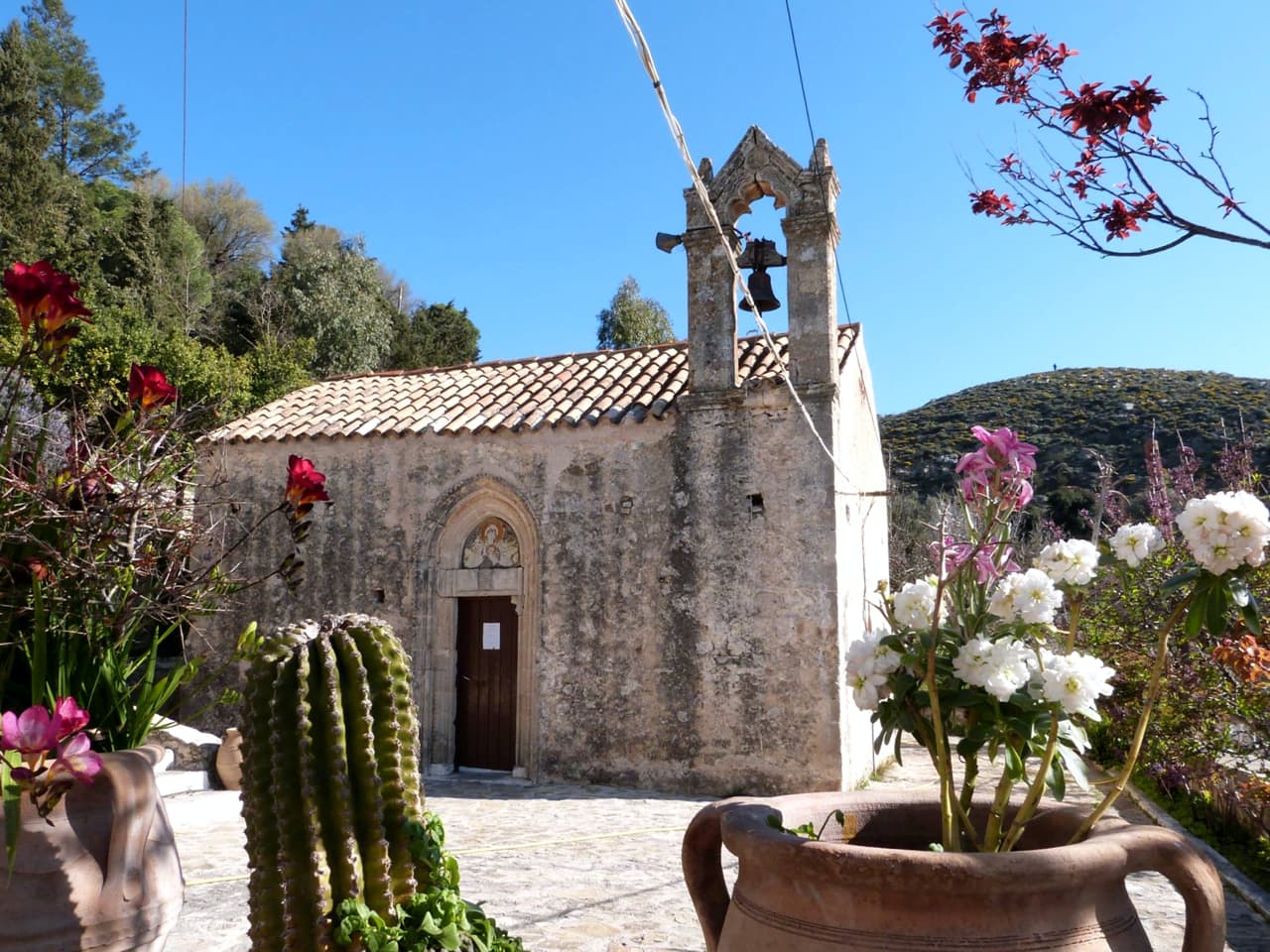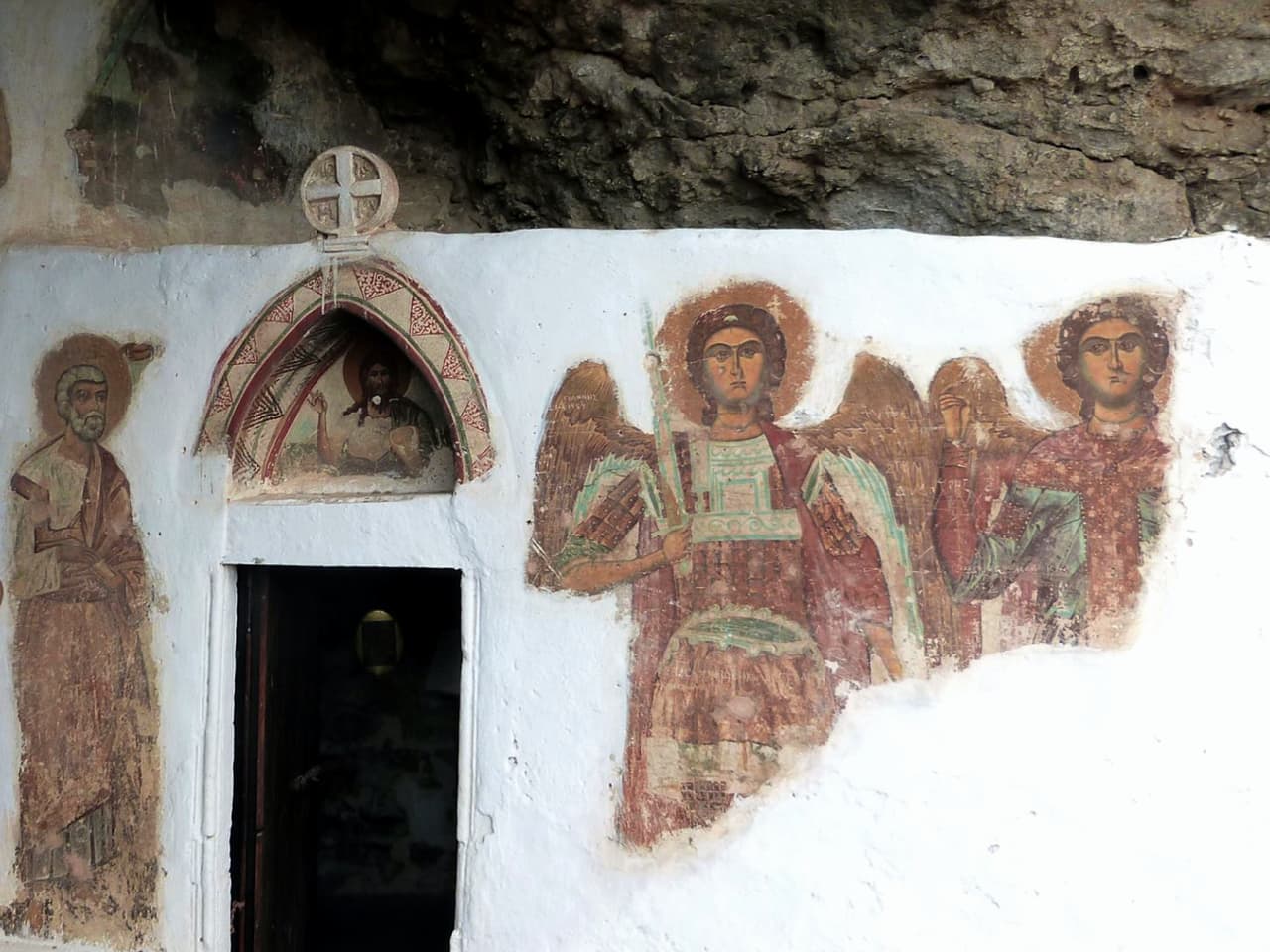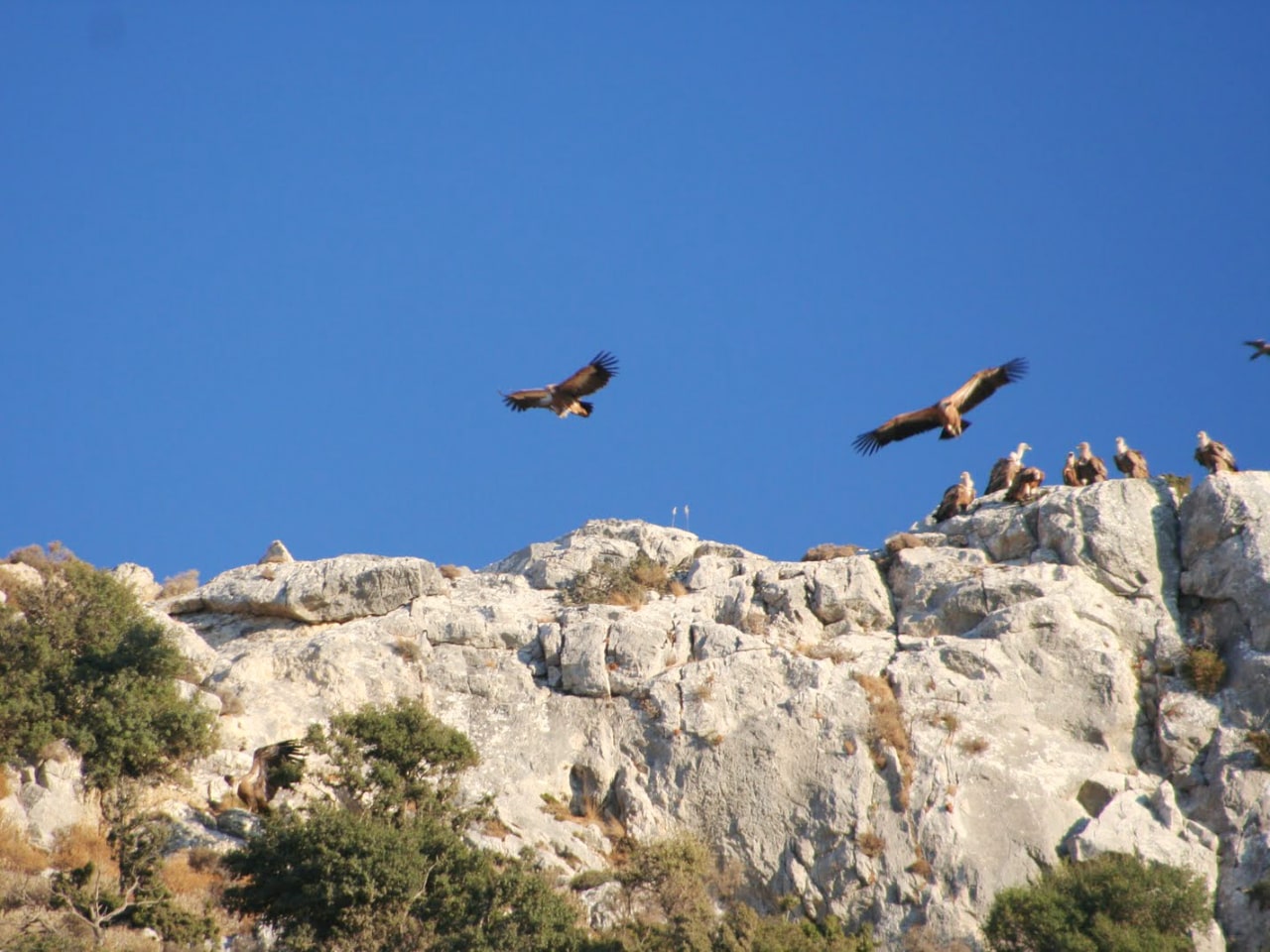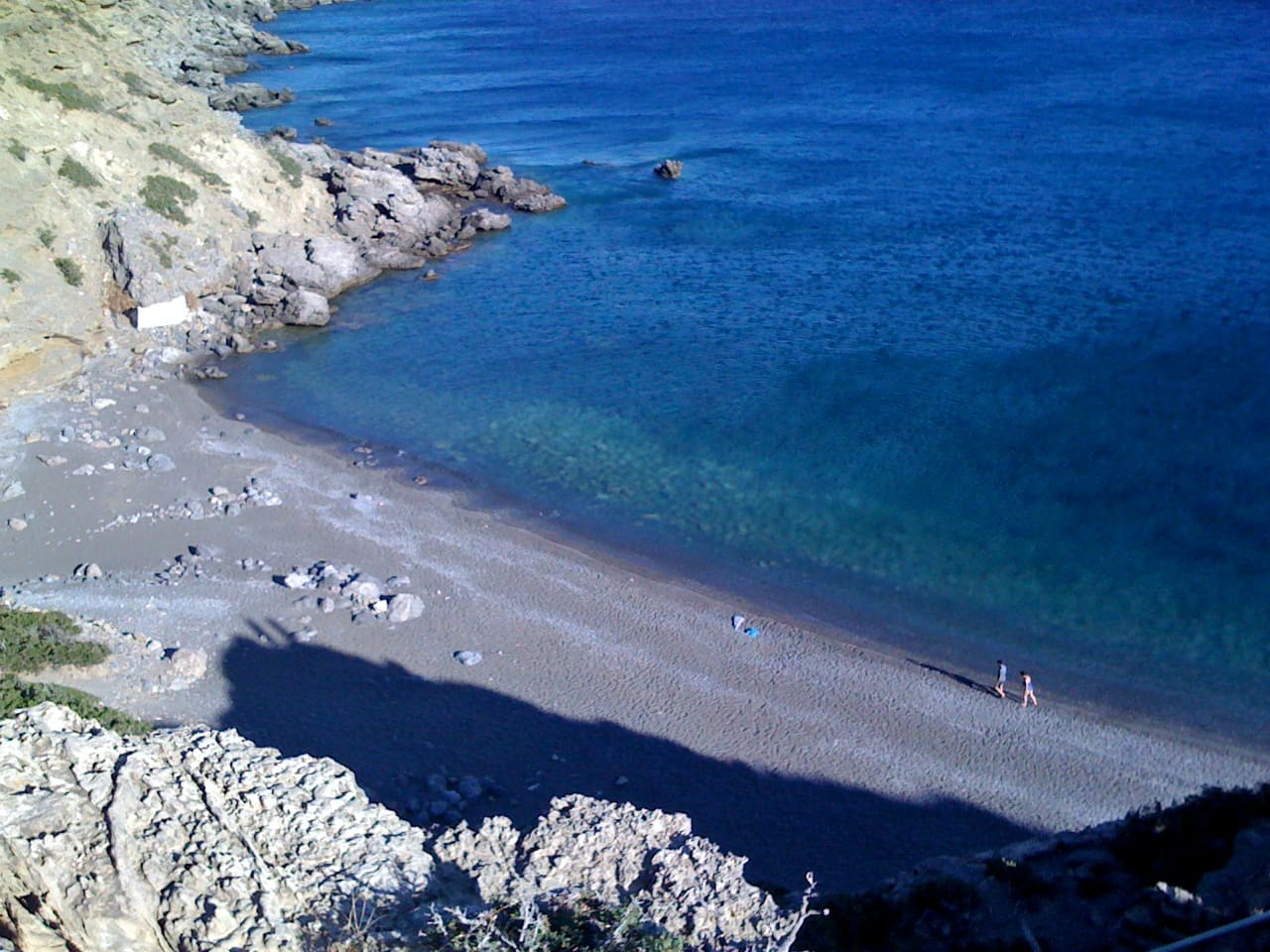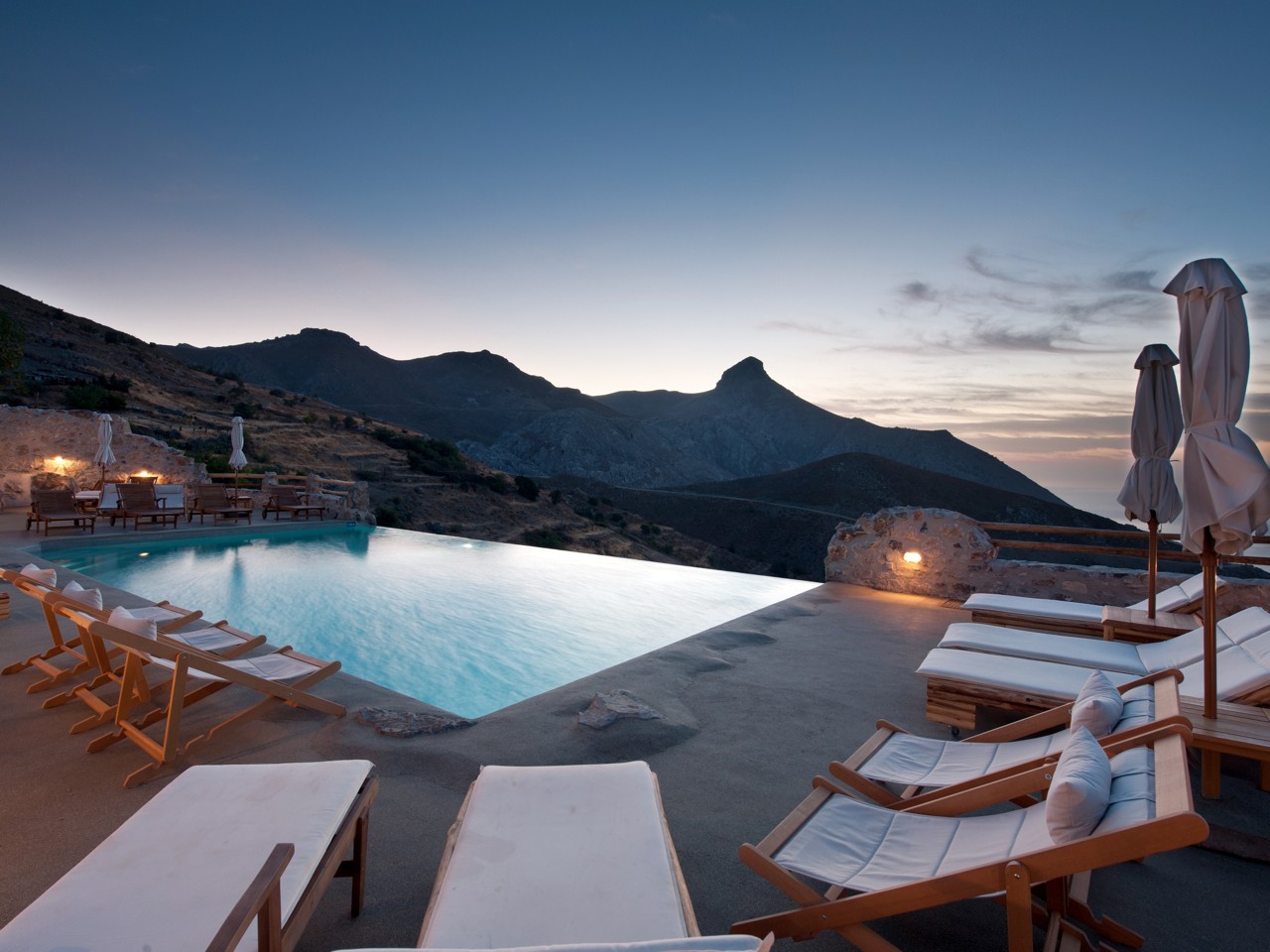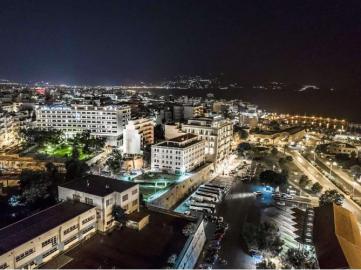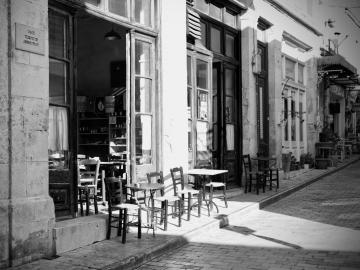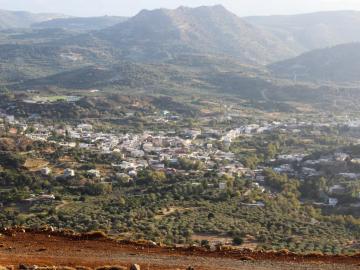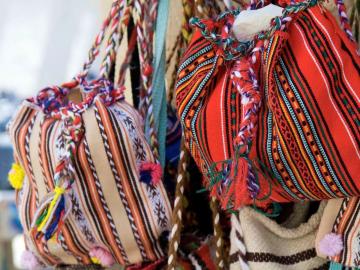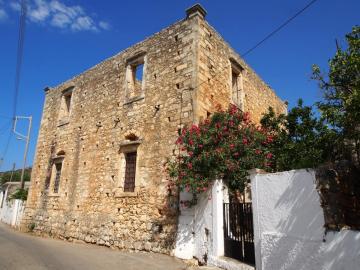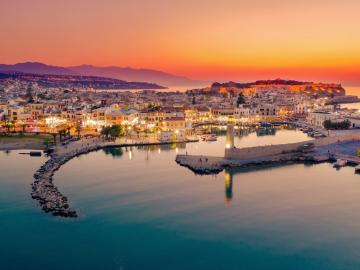description
Kapetaniana is a small village perched at an altitude of 800 meters on the Asterousia range, west of the Κophinas peak.
This small village commands a magnificent view of the Libyan Sea and combines in harmonious ways the wilderness of the mountain and the serenity and benefits of the sea.
This double character of the village, and its long history, rubs off on its buildings which combine Minoan stylistic influences and monastery architecture.
The houses were constructed with defensive concerns in mind.
They have a lot in common with castles, while in the older days sheepfolds of various sizes formed an integral part of these fortified homes. They were built from materials resourced locally and fitted perfectly with the surrounding environment.
Kapetaniana was founded by some fighters from the great village of Sfakia (probably Asfendou of Sfakia) who arrived here after the revolution, which was led by Daskalogiannis in 1770 against the Turks. The name of the village then (Kapetanios means captain in Greek) refers to the captains of the revolution and not to the captains of the sea!
The uniqueness of this traditional village lies in the materials that were used during the construction works, e.g. locally resourced stones for exterior and interior walls, wood, and marble.
The traditional fireplaces are another stylistic element. Perhaps the most eye-catching detail is the integration of rocks and rock formations with other building elements within the traditional village.
Bare stone is the predominant feature here. The association of the location with its peak determined the nature and history of the peak itself, given that it functioned as one of the many peak sanctuaries on Crete. The deified by the ancient population Kophinas peak retained its devotional character following the advent of Christianity.
The devotional energy which had been accumulating in this place for 50 centuries is still flowing here even today, in the soil and air, leaving its mark on all unsuspecting visitors and guests.
Kapetaniana Village was an important refuge for the Anterrites theologians who made a significant contribution to the Nation and the Orthodox Church. Their activities were centered in this area which now marks the location of the village itself, specifically at the spot where the monastery of “Kyrie Eleison” was later built. In this monastery, a prayer was born and recited with the aim to help the mind descend to the human heart and envision the “Unbuilt Light”. It was this practice that gave rise to the movement of Hesychasm (eremitic tradition of prayer) and of Mystic Theology.
From the monastery of “Kyrie Eleison” only the church of our Lady (Panagia) remains in excellent condition today. Its unique murals (1402 AD) are painted in the Constantinople style and inspired artistic creations which later constituted the building blocks of the Cretan Renaissance.
Following the Fall of Constantinople (1453), the Turkish occupation of the island undermined organized monasticism and the conversion of the monastery into a settlement.
How to get there
By Air: From May through mid-October there are direct charter flights to Chania and, more frequently, to the capital Heraklion. Tickets can be bought in advance for almost all flights via our partner website.
By Sea: The journey is the thing". A superb way of enjoying the journey to Crete is to fly to Athens and take the ferry from Piraeus (Pireas) - the port serving Athens. A still-romantic way to travel by the overnight ferry from Piraeus to Chania-Souda port or Heraklion Port. Tickets can be bought in advance for all ferries via our website
By Car: If you want to explore the region while you're here, we recommend that you rent a car, other means of transport are limited and/or infrequent. We suggest our sister website, which offers competitive prices and you can collect your car at either airport.
By Taxi: Book your taxi transfer online easily and safely from the airport or port to any location via our website.
Where to stay
Thalori Traditional Village, your best option, is a complex of stoned houses at an altitude of 800 meters on the Asterousia hills, against the wide open space which forms the Libyan Sea, sets the conditions for a unique climate.
What To See & Do
- Wander around the narrow streets of Kapetaniana Village, visit the church of Panagia with the 10th century’s frescos and admire the unique view of the Libyan sea.
- Ask Marko and Popi from Thallori Tradiitional Village to meet a beekeeper and learn more about honey and the whole process.
- Hire an offroad vehicle (it is a must here) and then you can explore the extensive network of mountain roads in a virgin, bare, and holly Kofinas Mountain, the oldest Minoan sanctuary in the world.
- Explore the clean secret small beaches of the area (Agios Ioannis, Moni Koudouma), away from the mass tourism big Hotels of the North Crete.
- Bird watching and enjoy Gypaetus Barbatus flying above Asterousia Mountains. Markos from Thalori the owner organizes offroad excursions in the nearby area that you can have also mountain bike, canyoning, climbing, wildlife observation, etc.
- Enjoy the live music nights by Markos and his friends paying the Cretan mandolin and Lyra for fun. After several Cretan raki (local spirit) glasses, in your way to your house, you will be amazed by the clear view of the bright stars in the night sky.
- It is made delicious honey making in the village. Try to meet some beekeepers.
- Visit the Monasteries of Koudoumas and Odigitrias. The Koudoumas monastery, which is still populated, and other, now abandoned hermitages and monastic establishments ("monydria").
- Visit the well known archaeological sites of Gortys and Festos.
There are numerous Byzantine and post-Byzantine chapels decorated with murals of various distinct styles, in and around Kapetaniana Village.
- Ravines and caves are waiting to be explored. You will also come across the rare, stenoendemic flora of the region, the bush, the plants, and herbs on the ragged sides of the rocky hills.
- Enjoy and explore the small coastal village of Matala. It first made into the history books as the place where Zeus, in the form of a bull. swam ashore with Europa on his back before dragging her off to Gortyna. The Minoans used Matala as their harbor for Phaestos and under the Romans, it became the port for Gortyna. Ruins of these ancient settlements are still visible on the seabed.
- Don't miss to visit the beach of Agiofaraggo (19km) at the exit of the homonym gorge. To get there you must either cross the gorge, by easy hiking of about 30-50’, or catch a boat from Matala, Agia Galini, or Kali Limenes. We definitely recommend the first option, as the route within the vertical walls of the gorge is breathtaking. On the way, you will see the large caves where some hermits still live and the chapel of St. Anthony, with a well outside.
- For more exciting activities in Heraklion Prefecture, please have a look here
Where To Eat & Drink
Thalori Taverna Restaurant, imagine yourself having a delicious Cretan dinner under a dark blue sky filled with twinkling stars in the middle of nature at an altitude of 800 meters! In the center of this rebuilt village at Kapetania Village part of Thalori Tradiitional Village (is a complex of fifteen traditional houses which were restored to reflect the particular style of this picturesque village) a great eatery with Cretan and Greek food a must-visit.
Location
Honest Reviews
The reviews for the Kapetaniana Village
